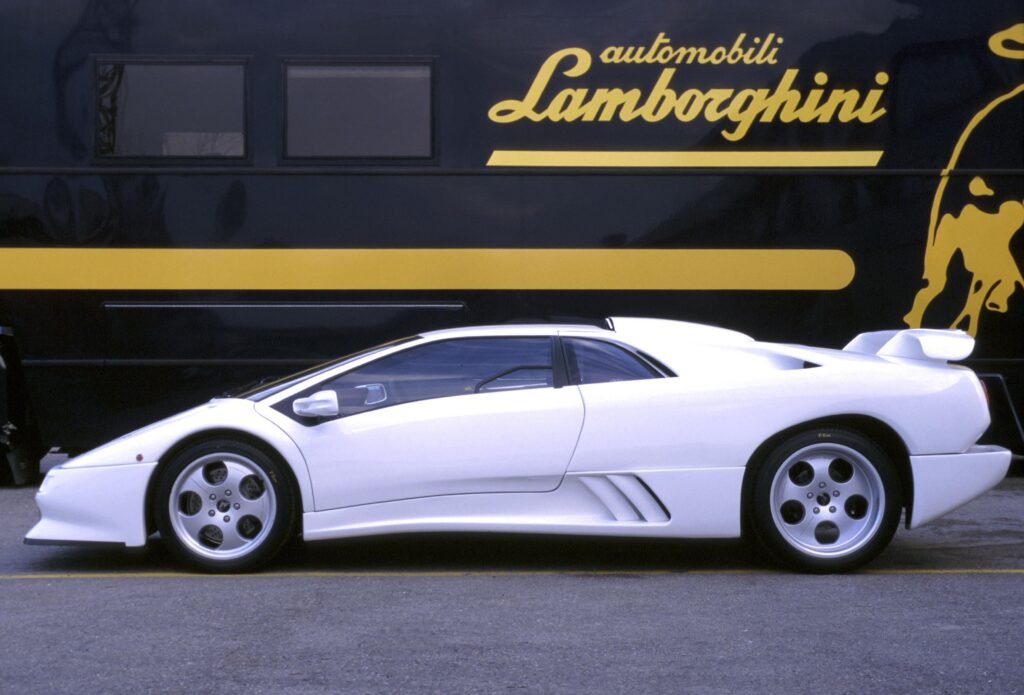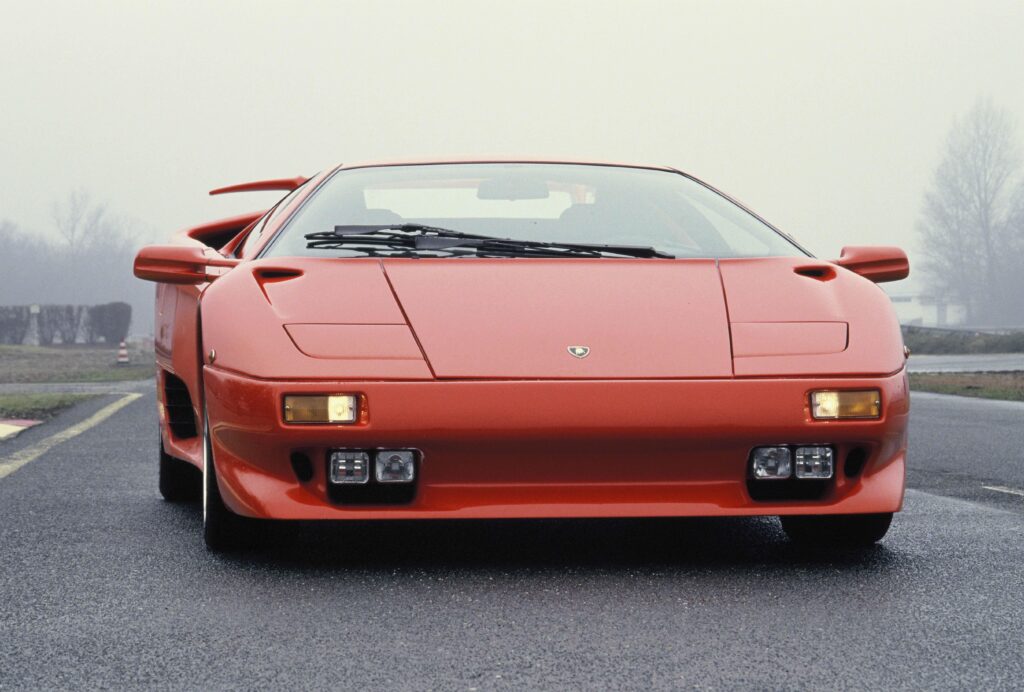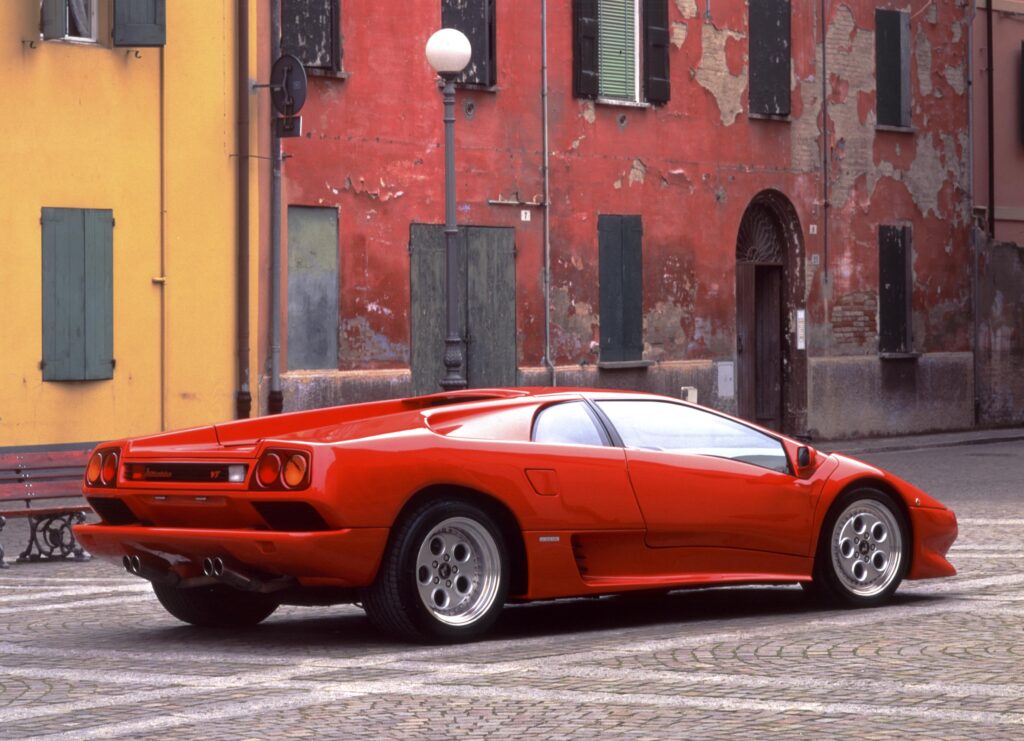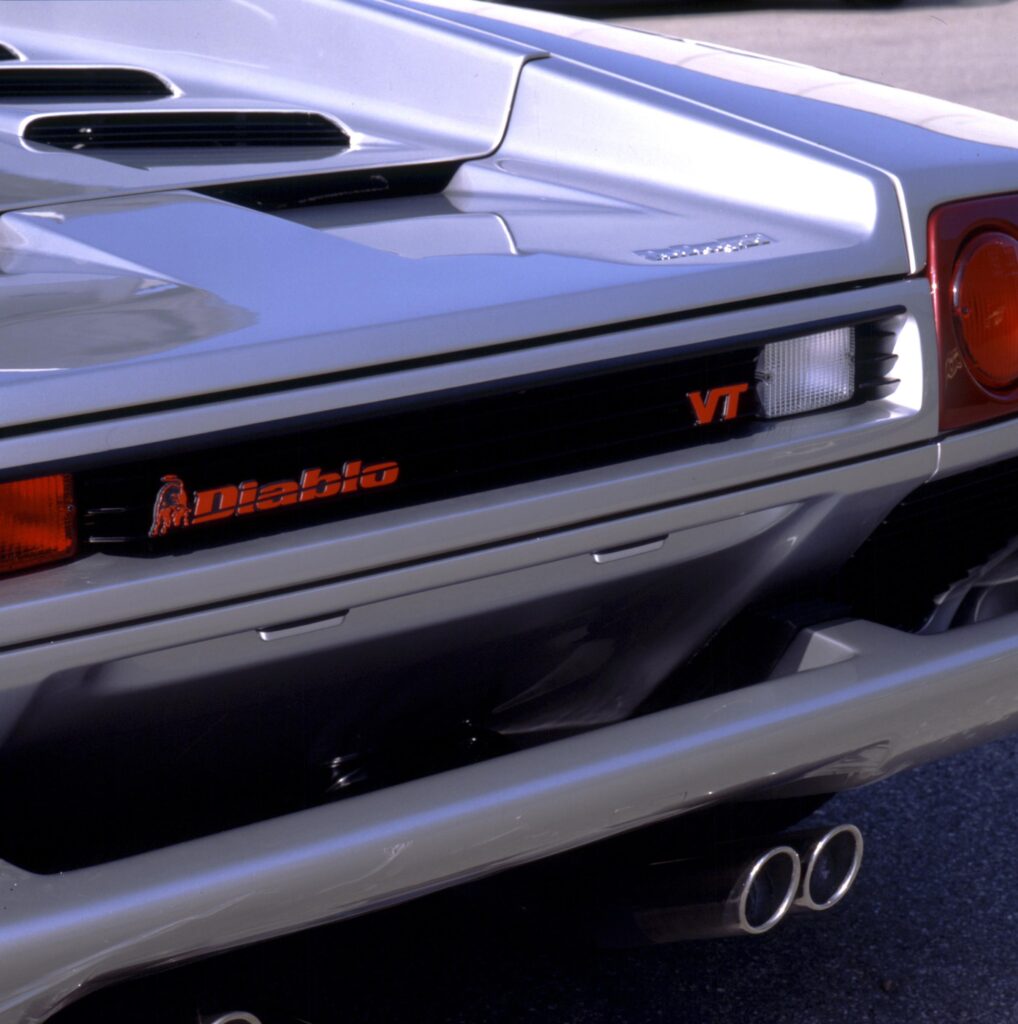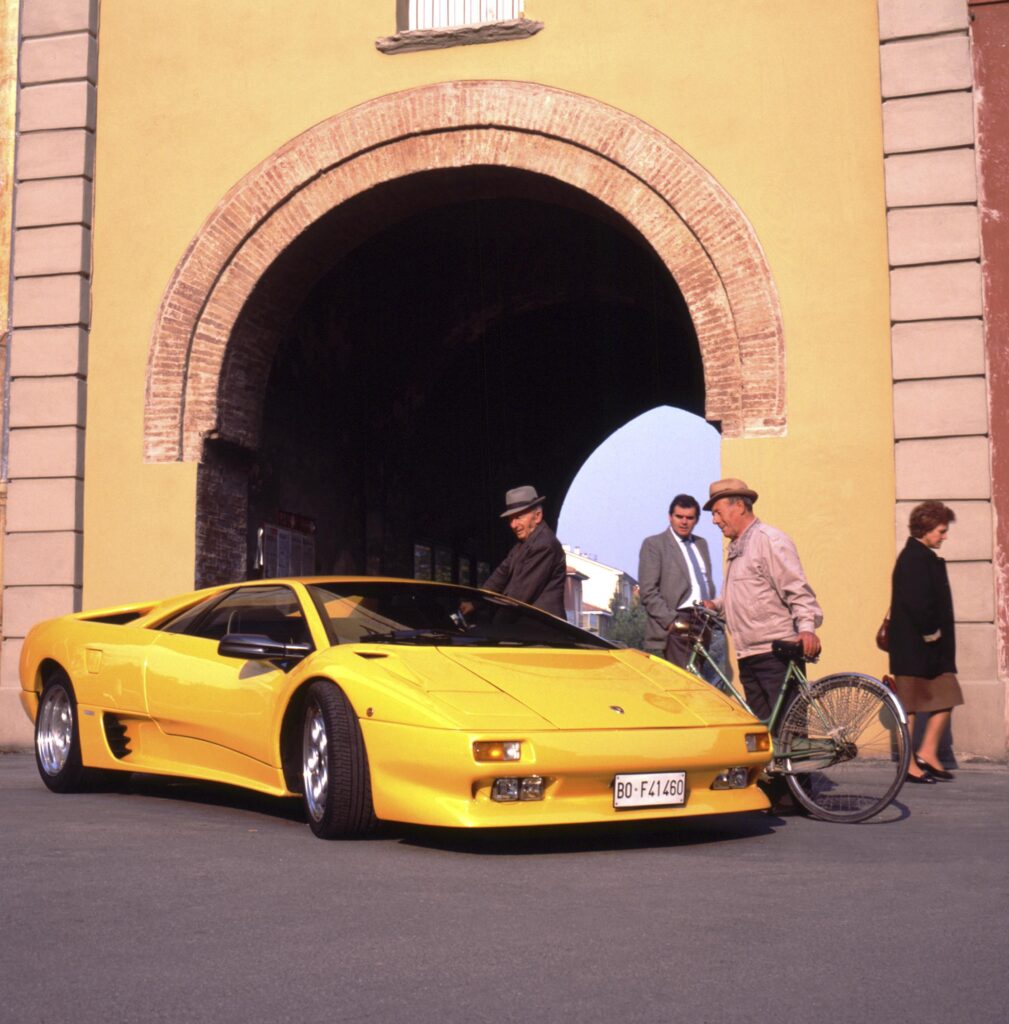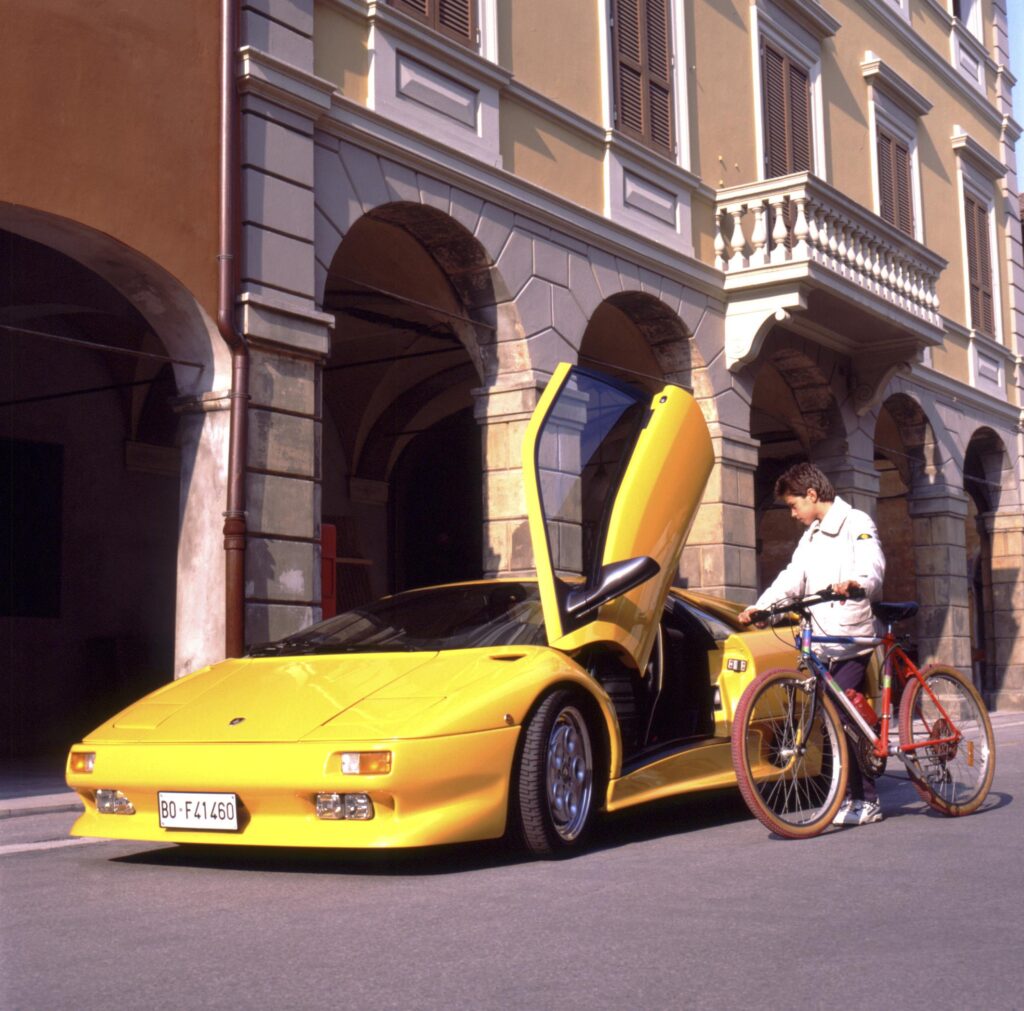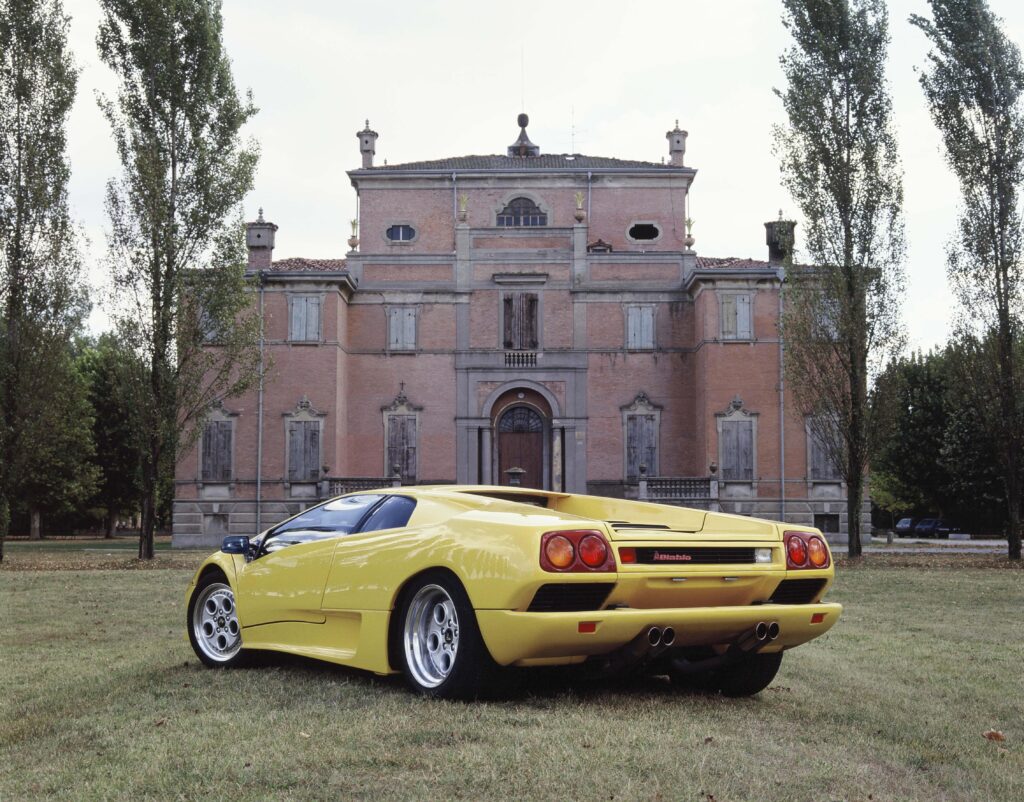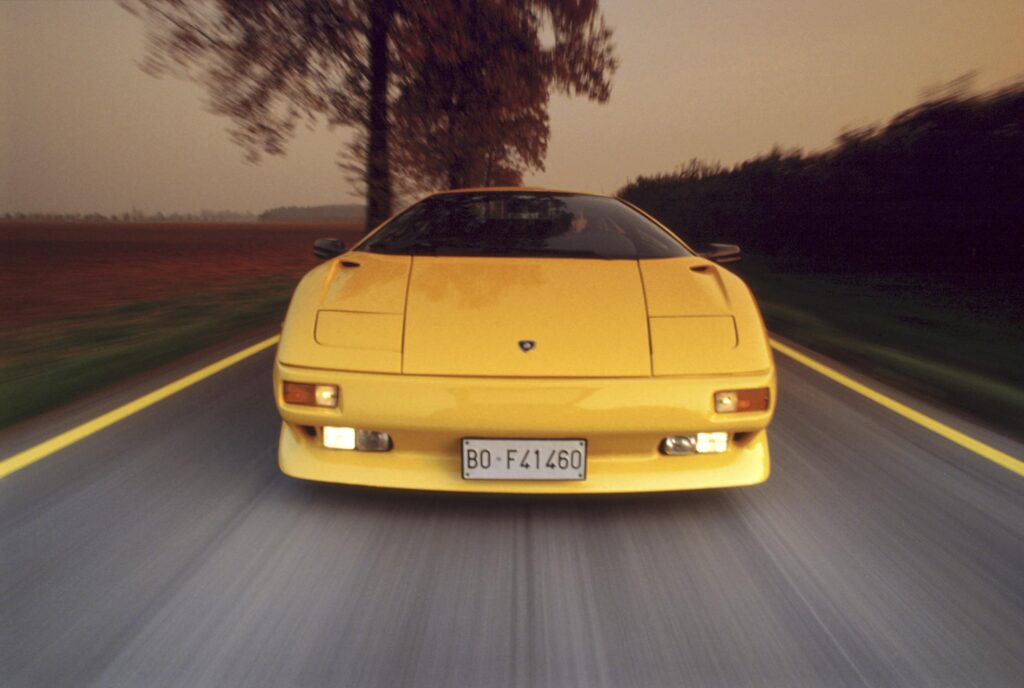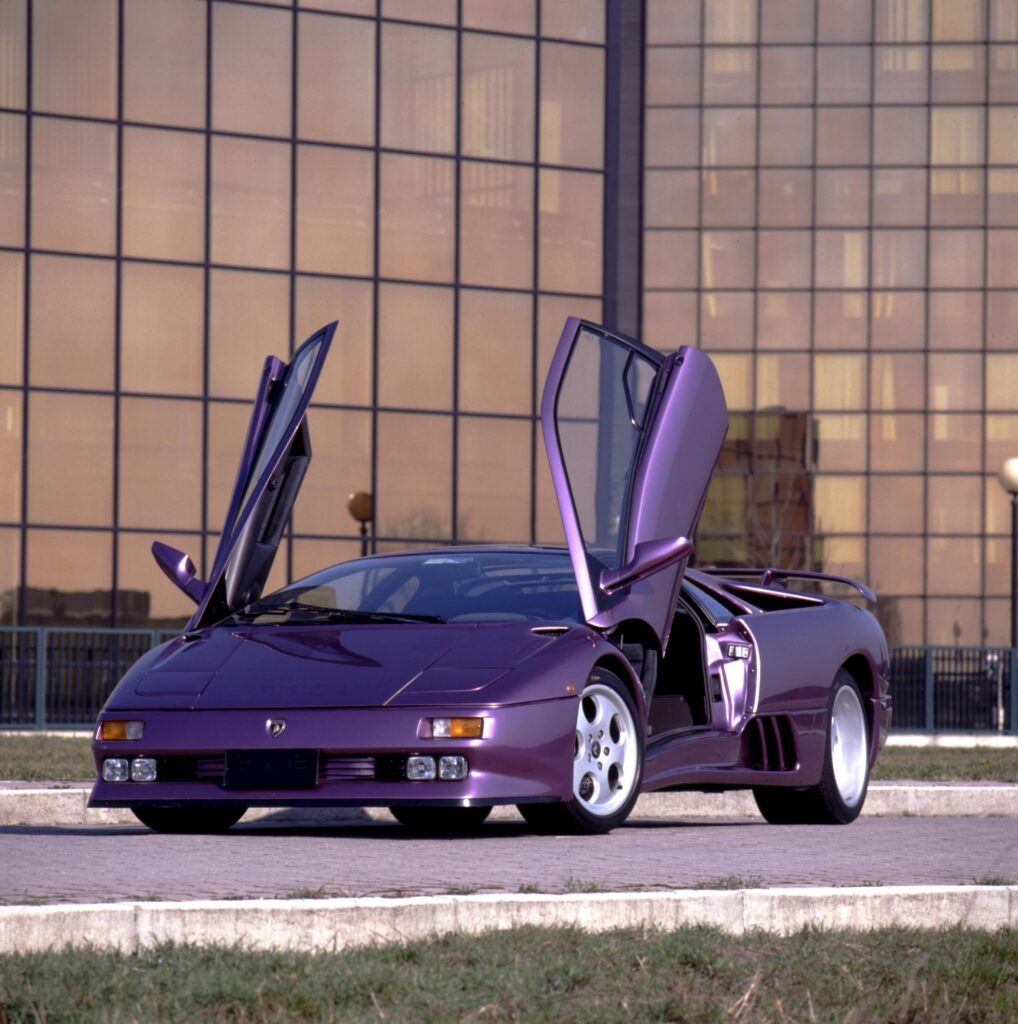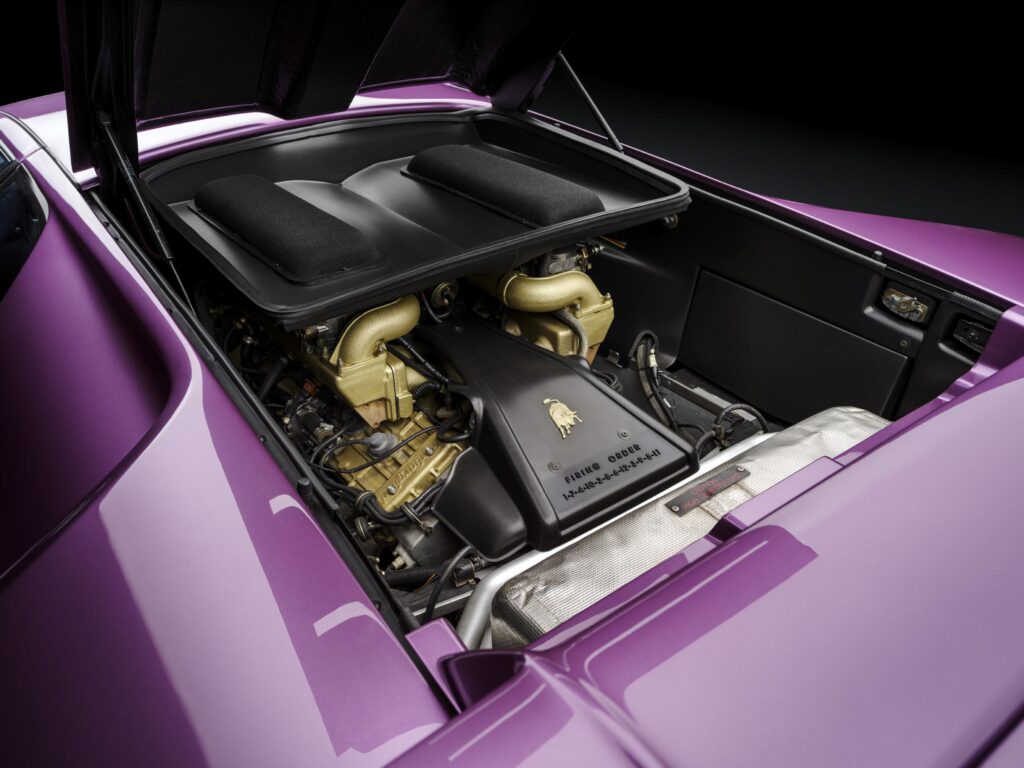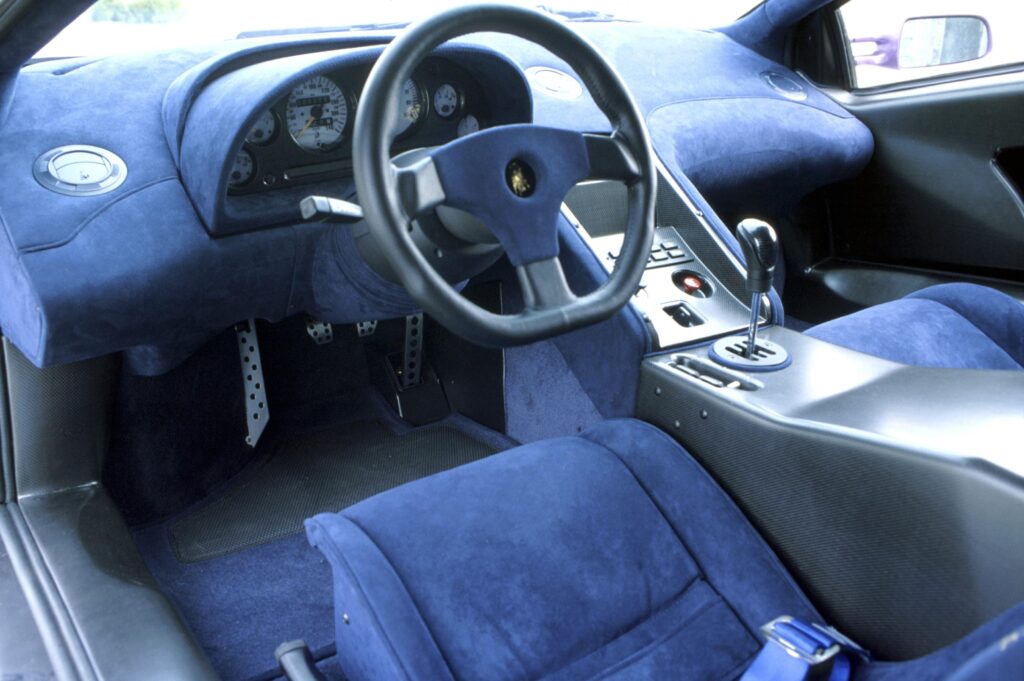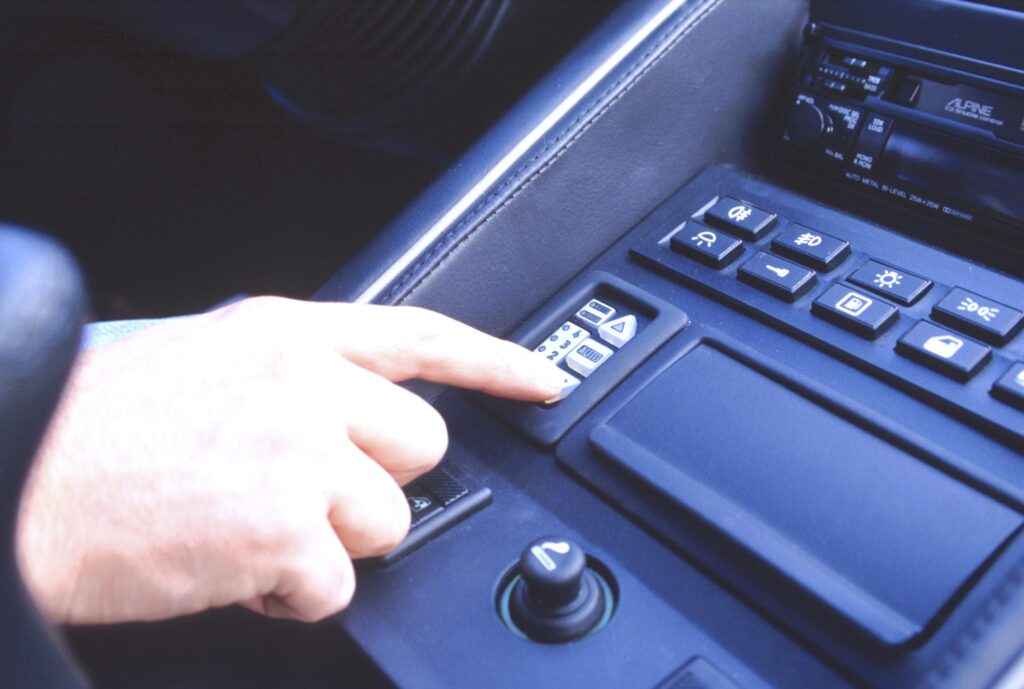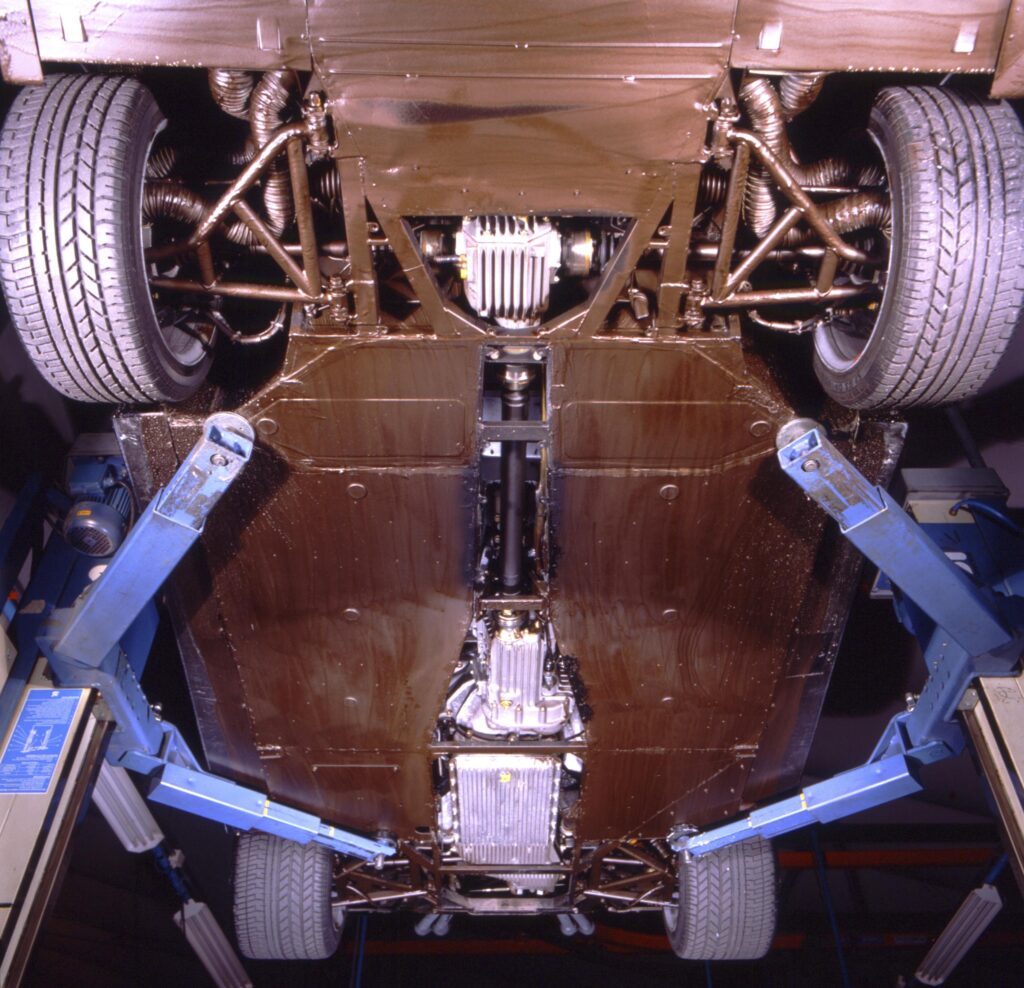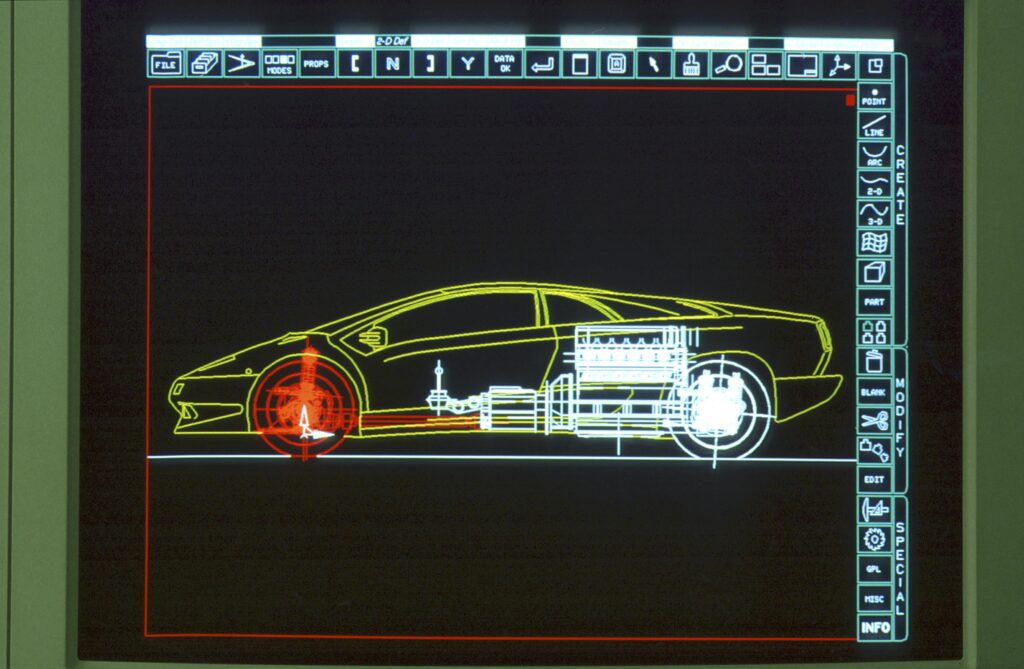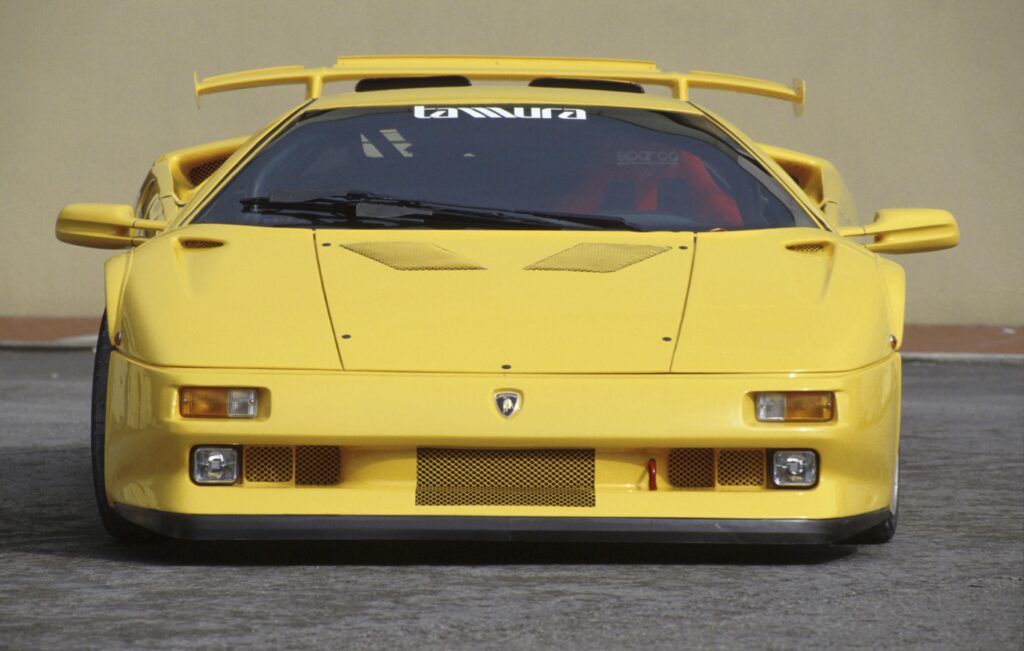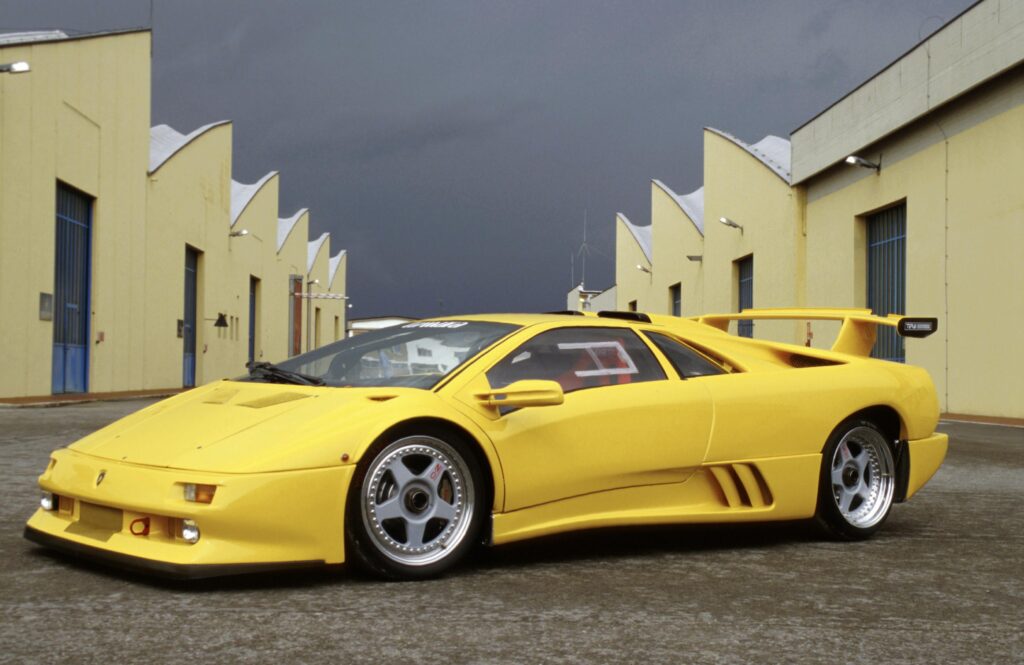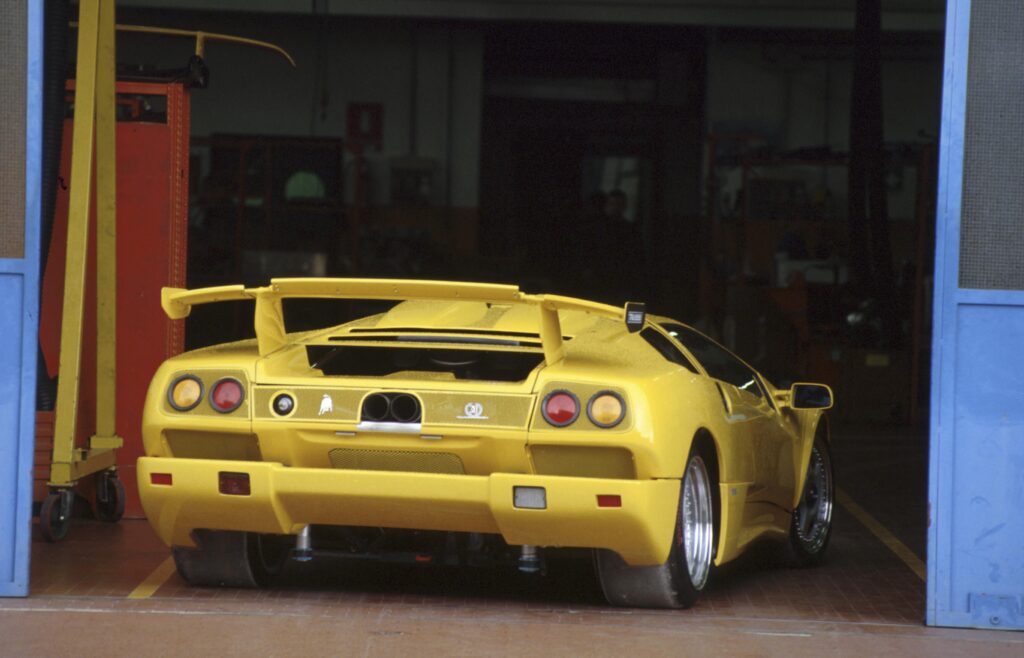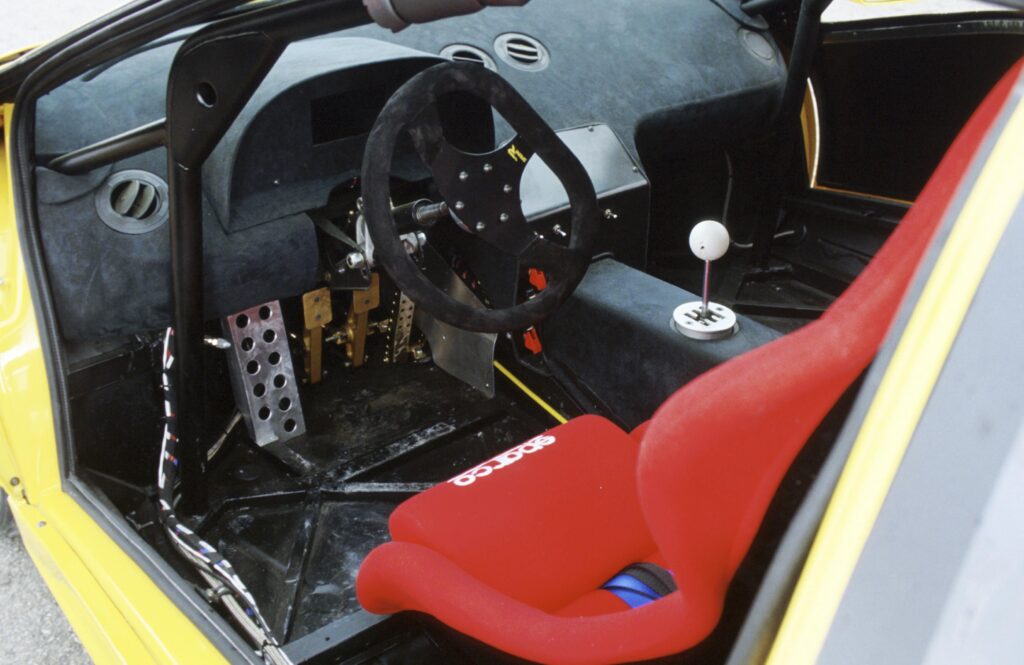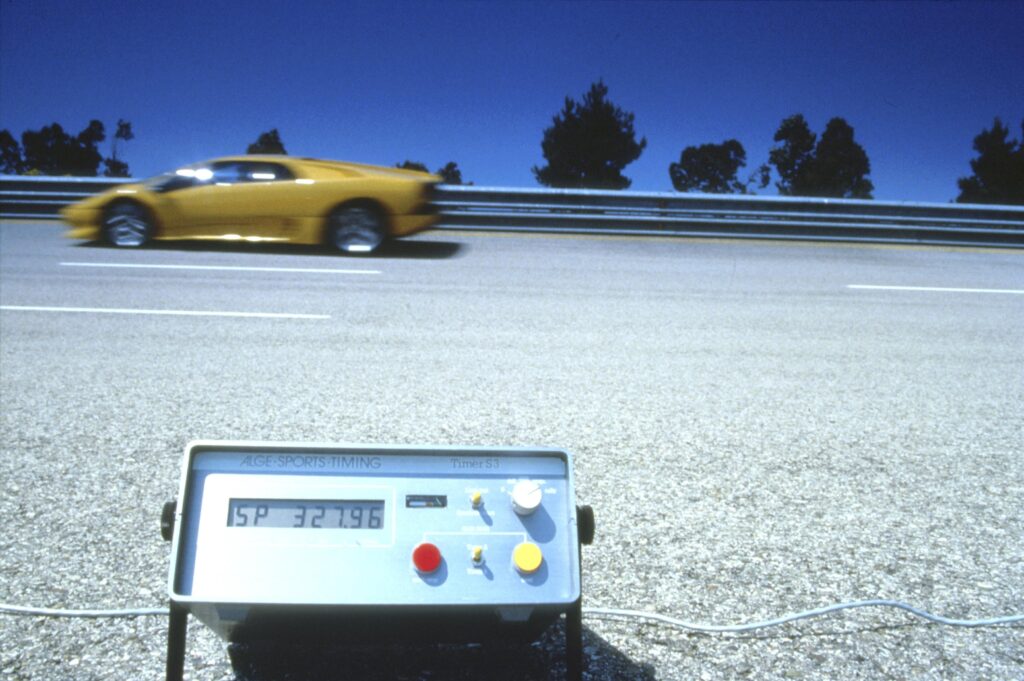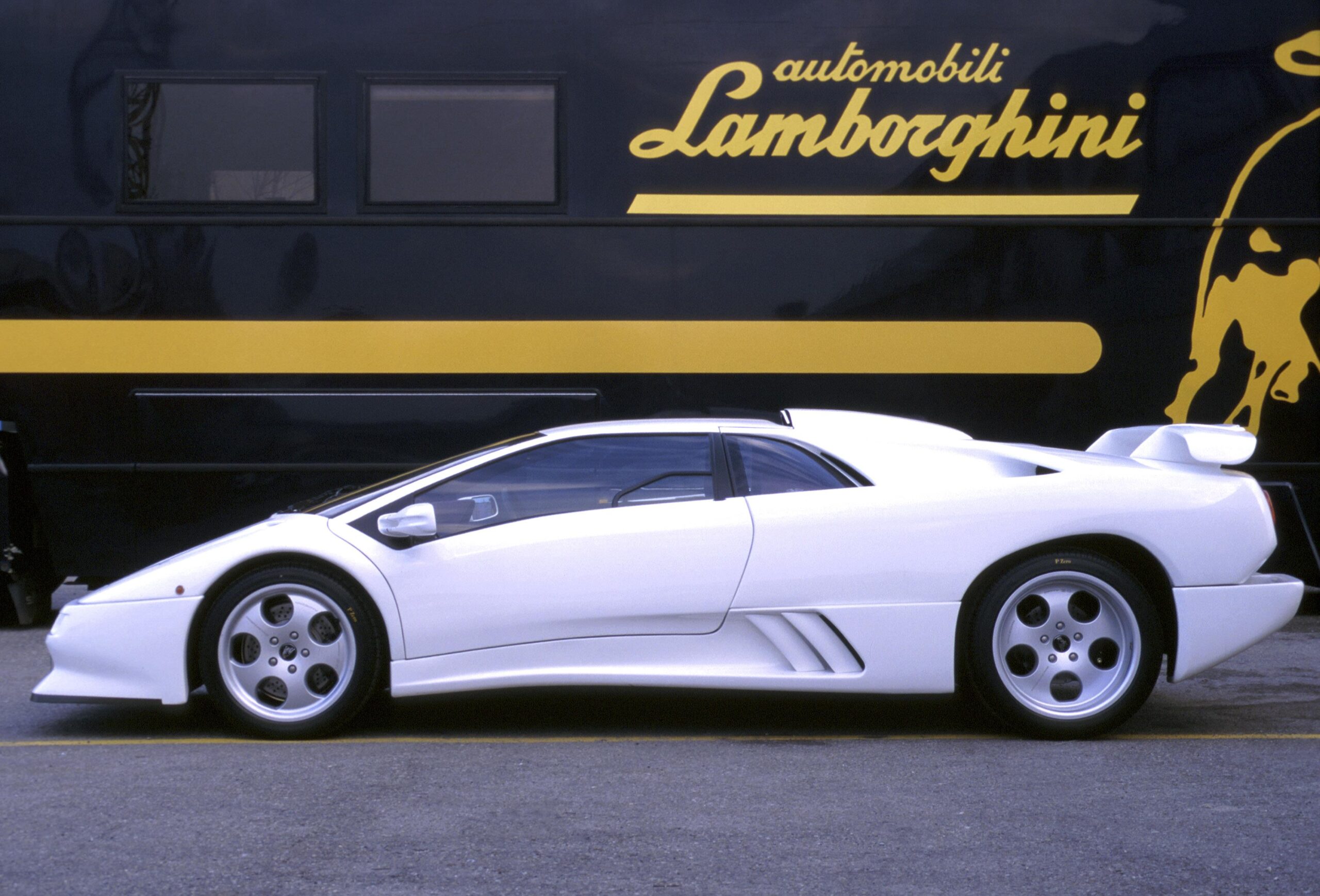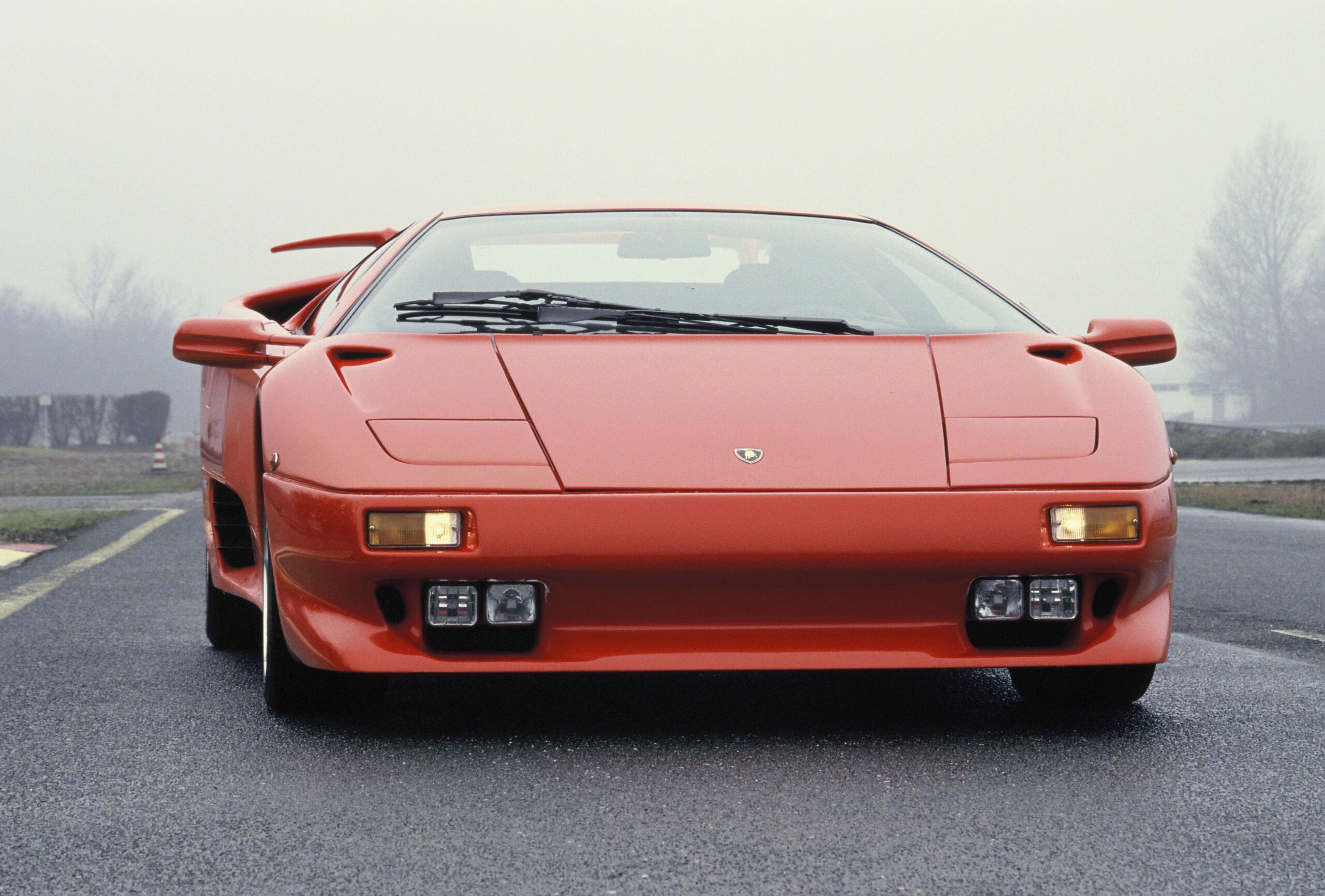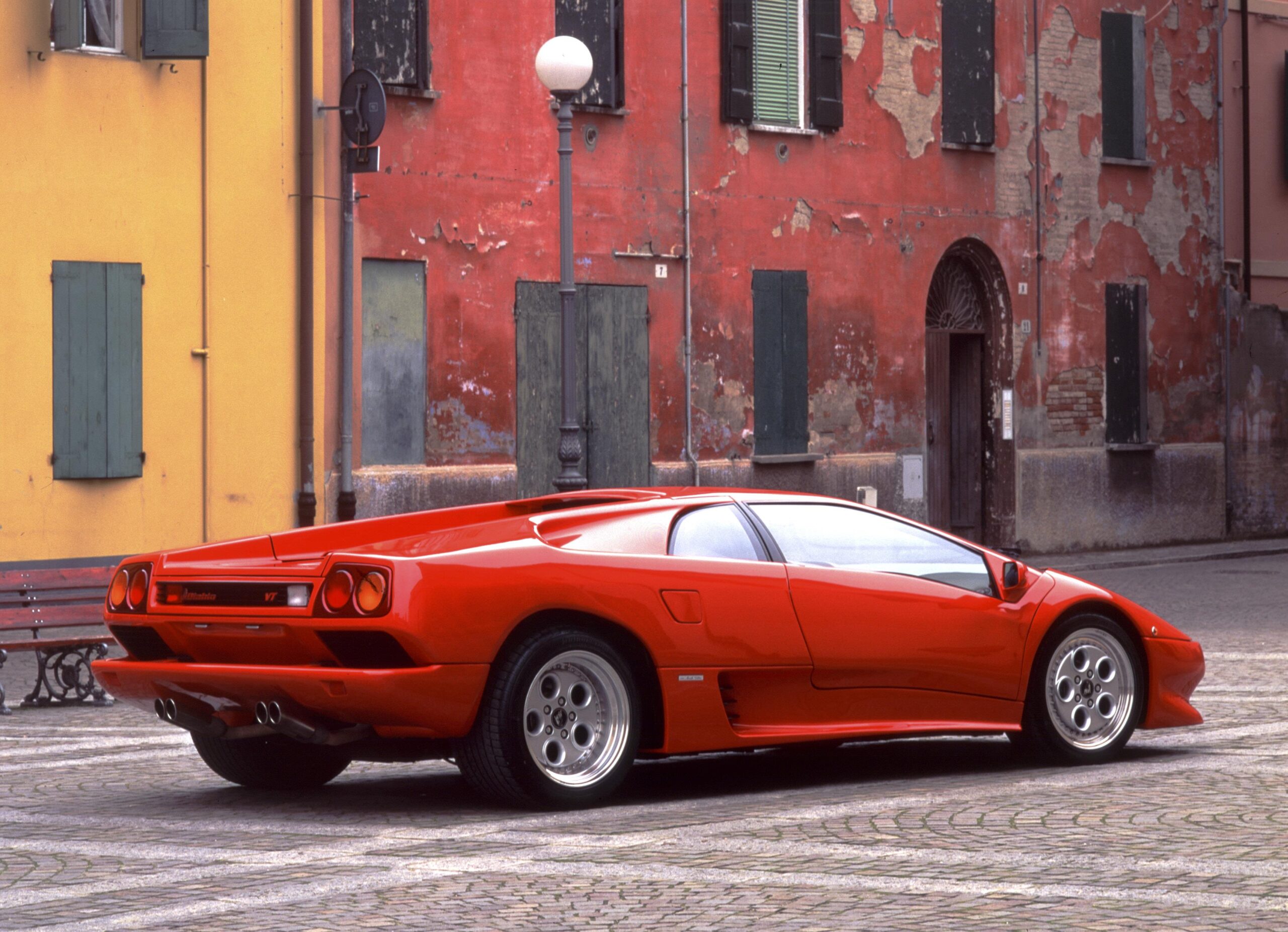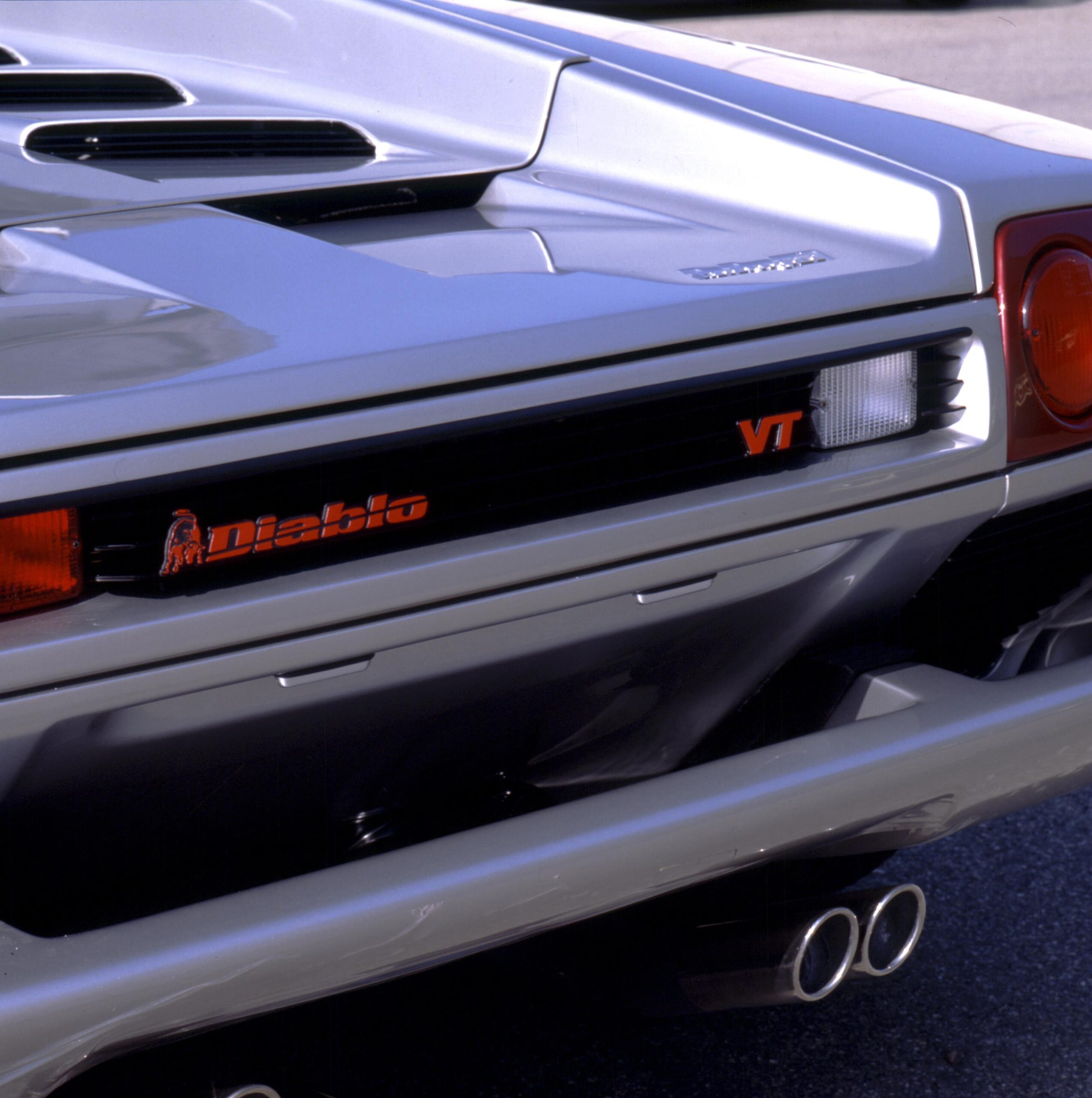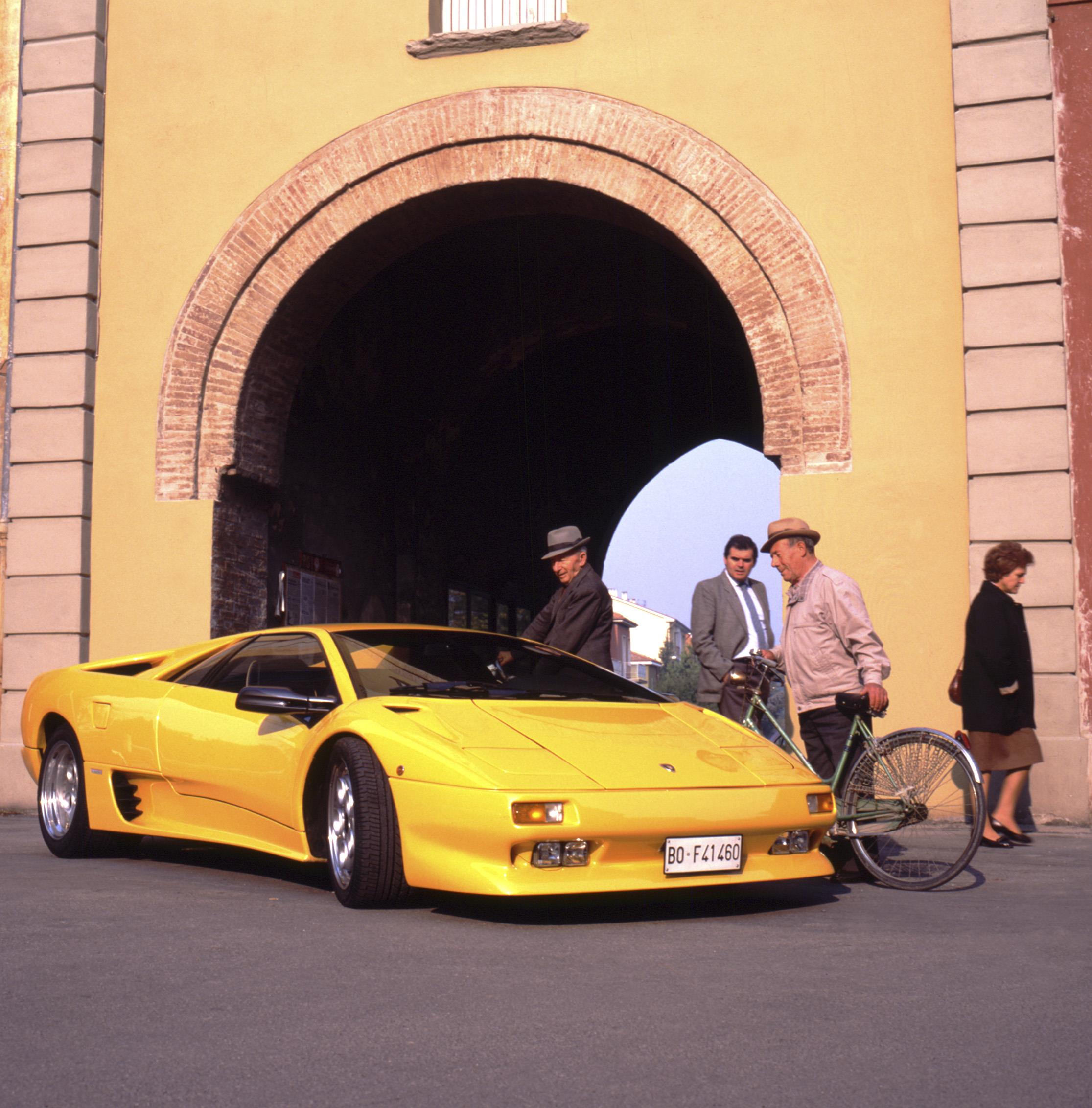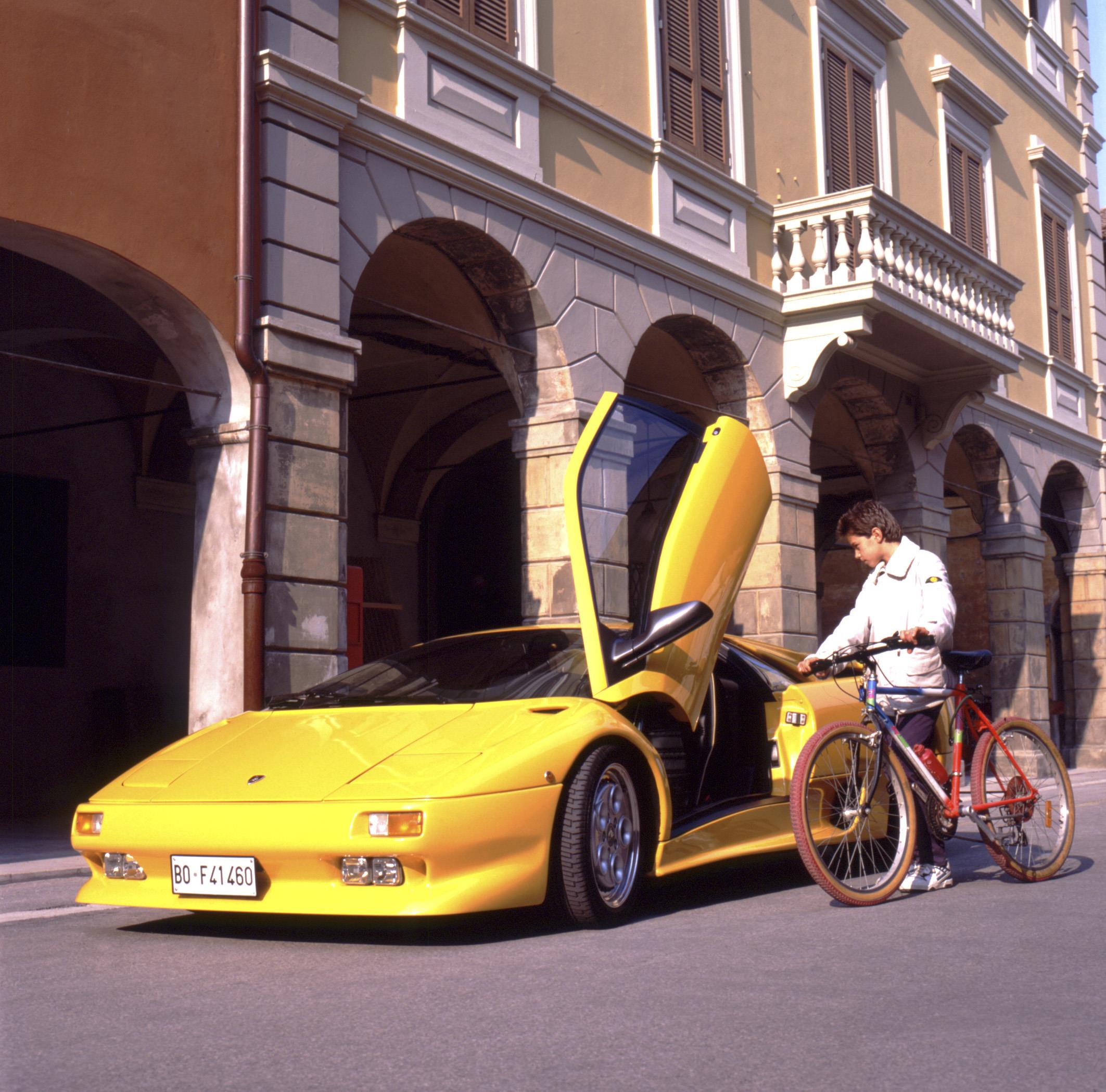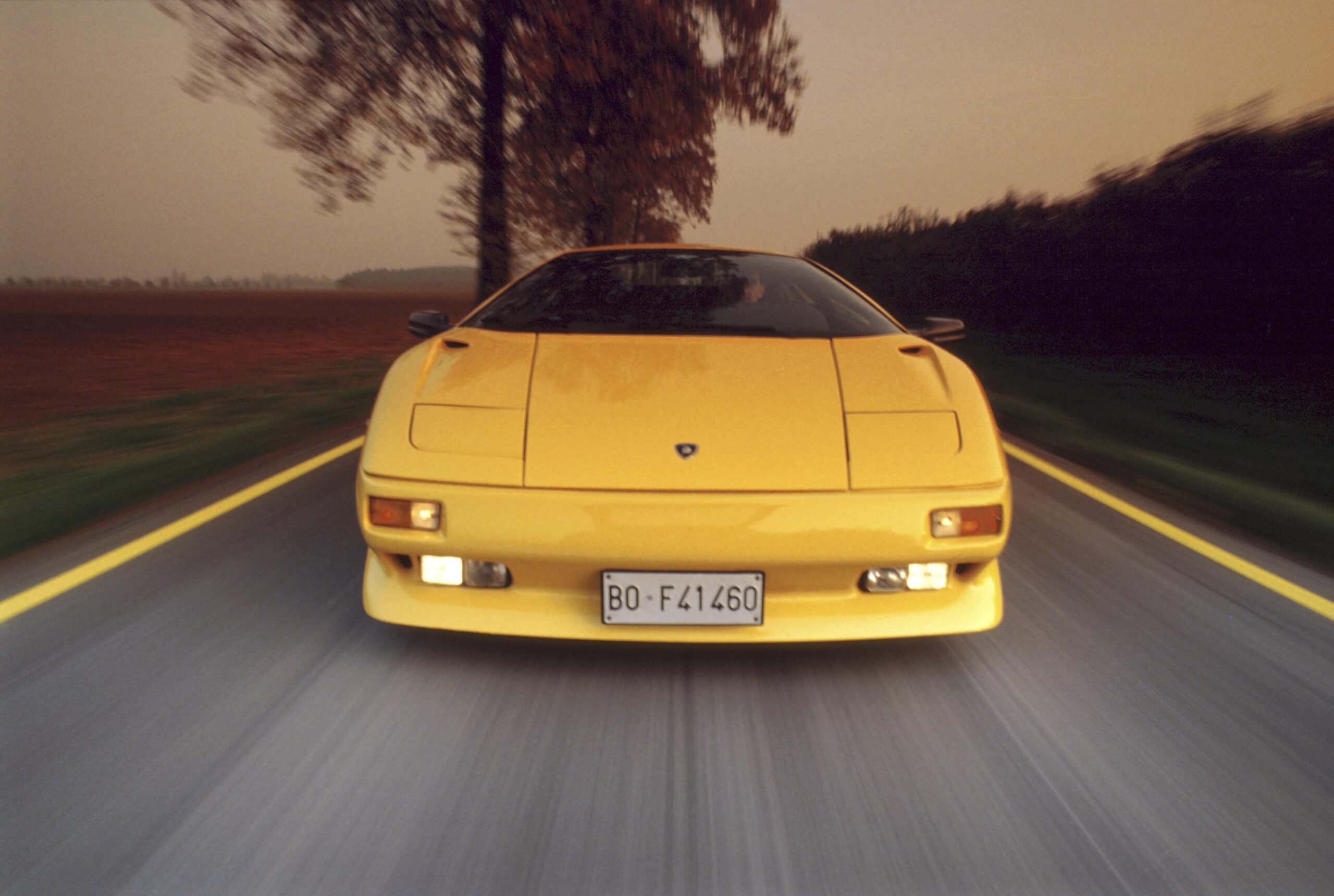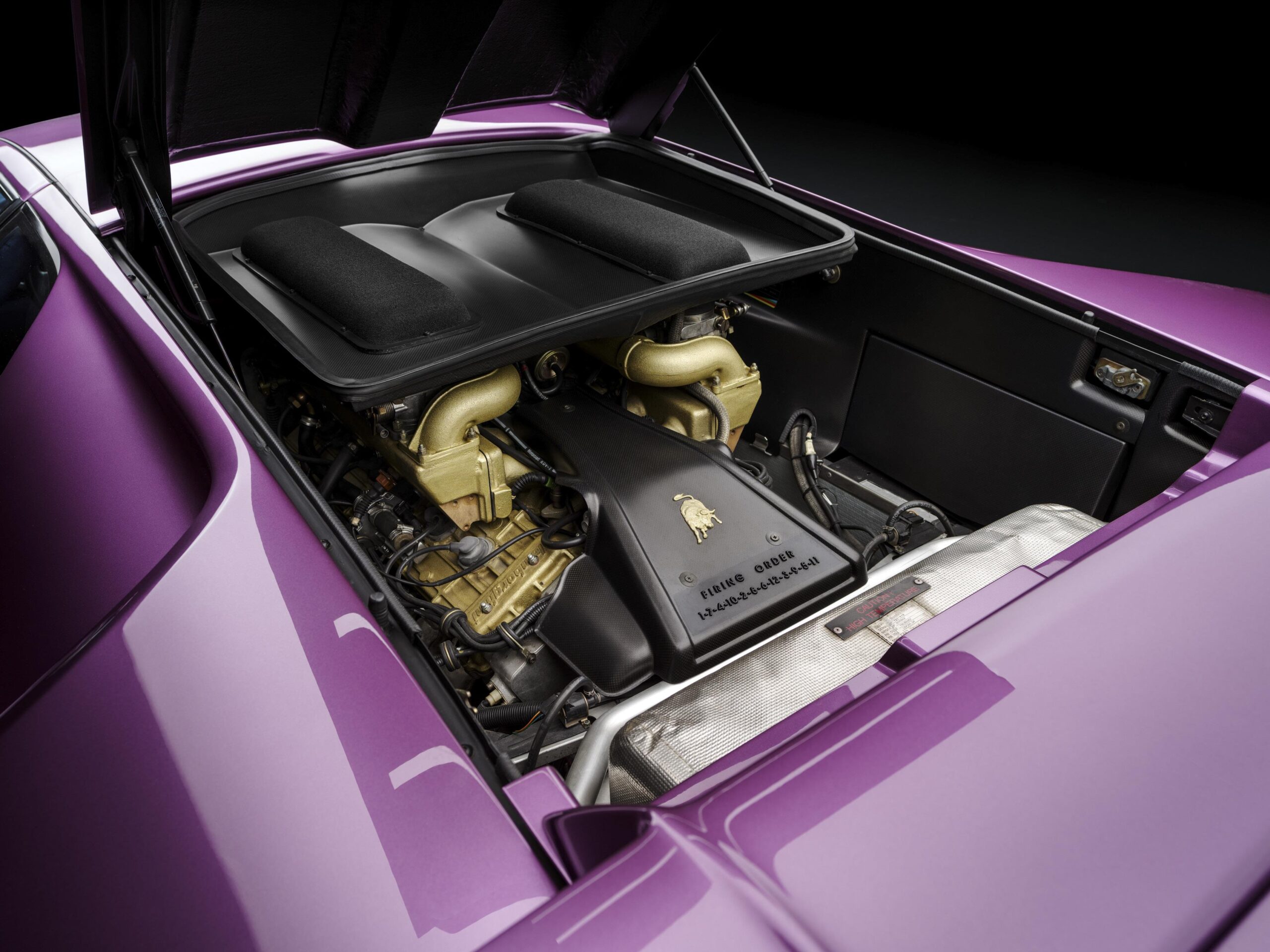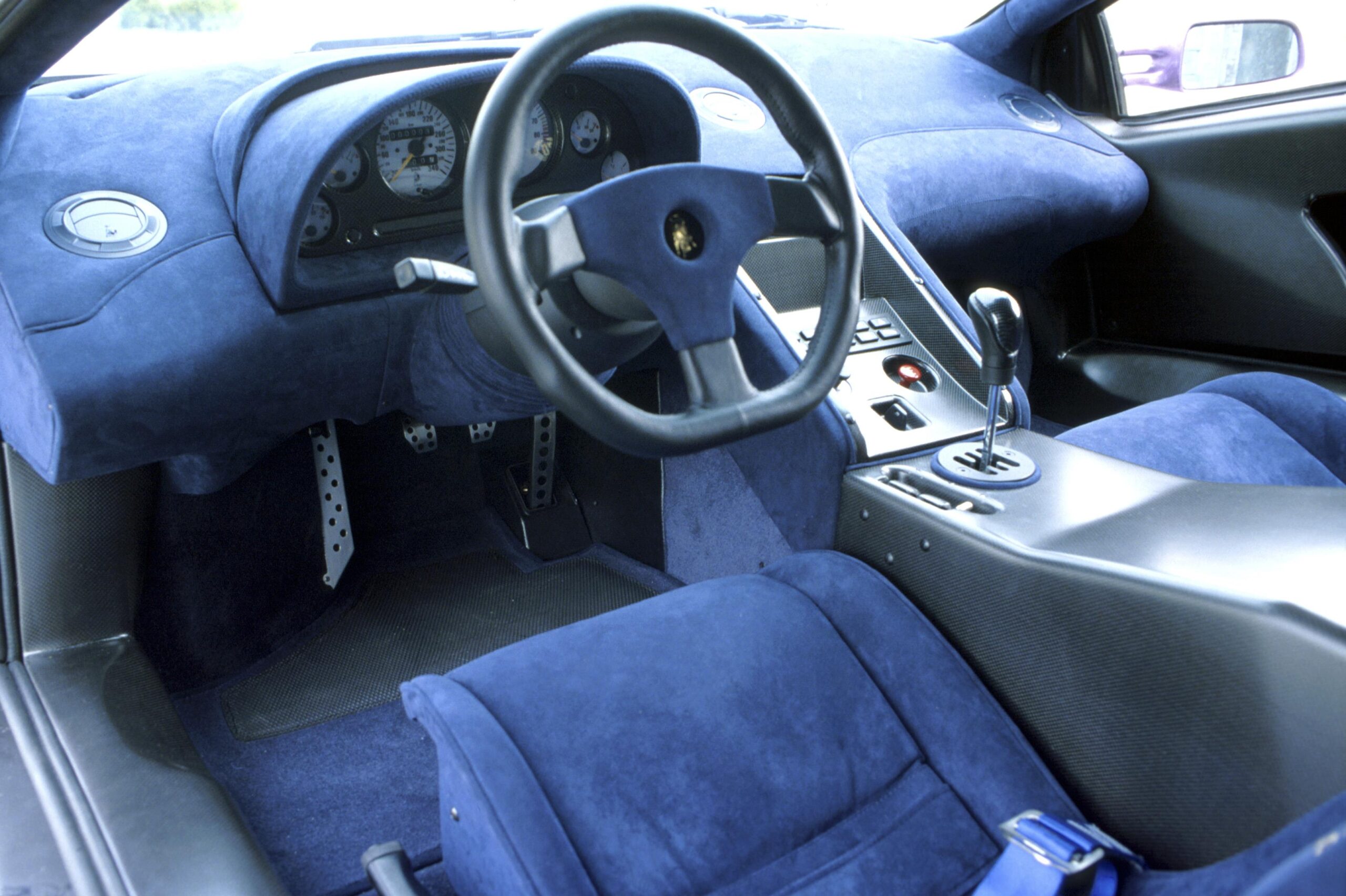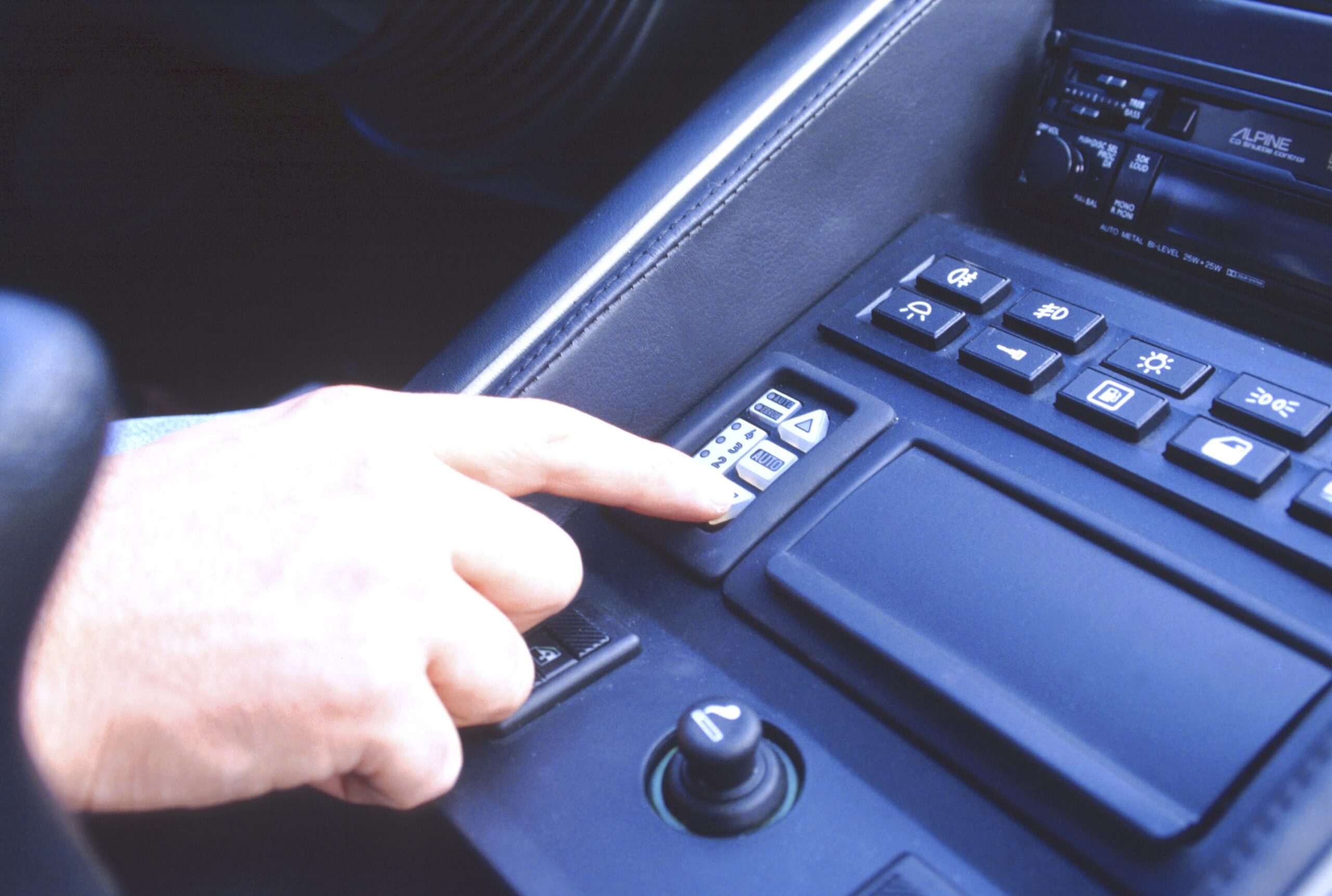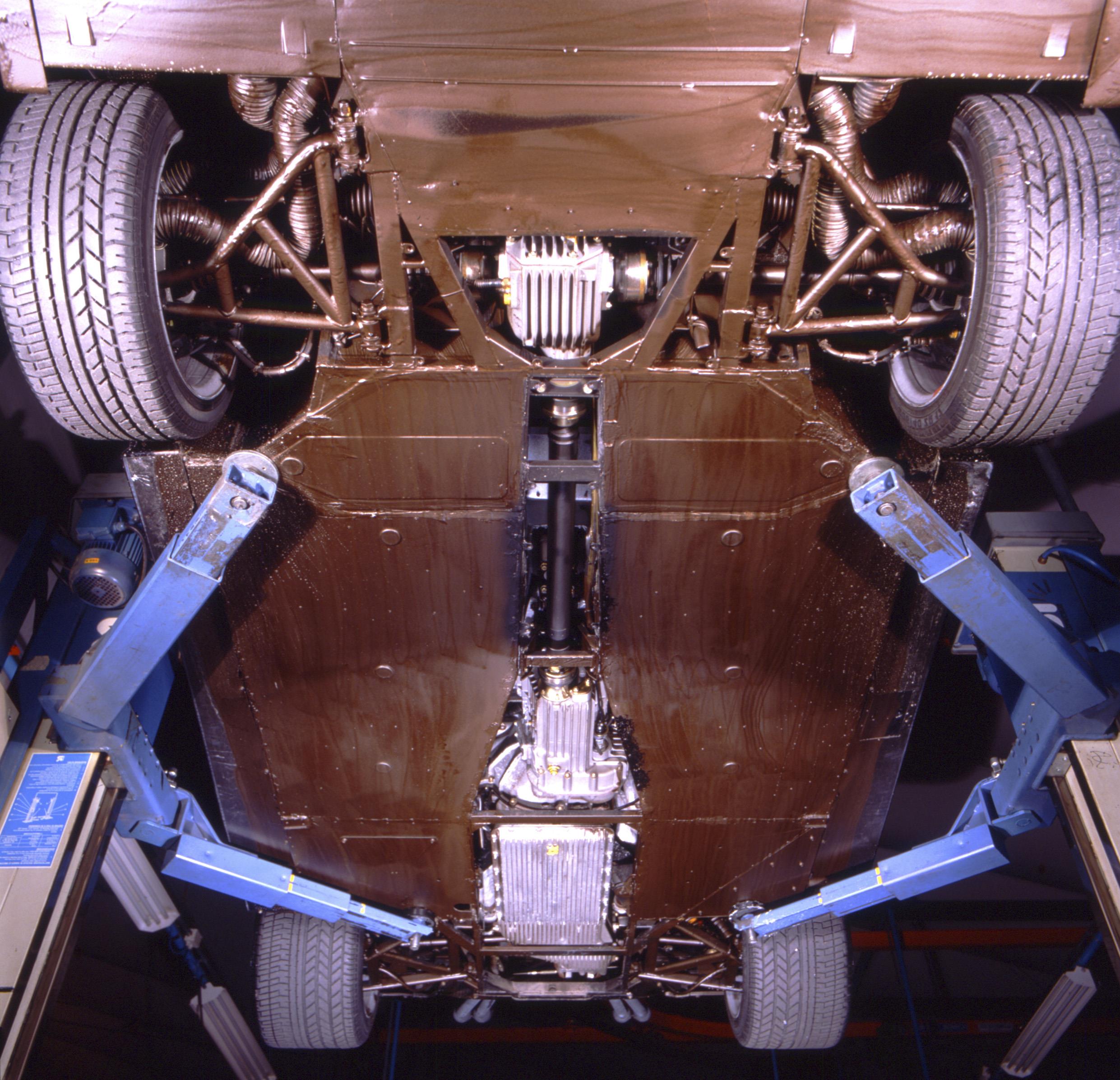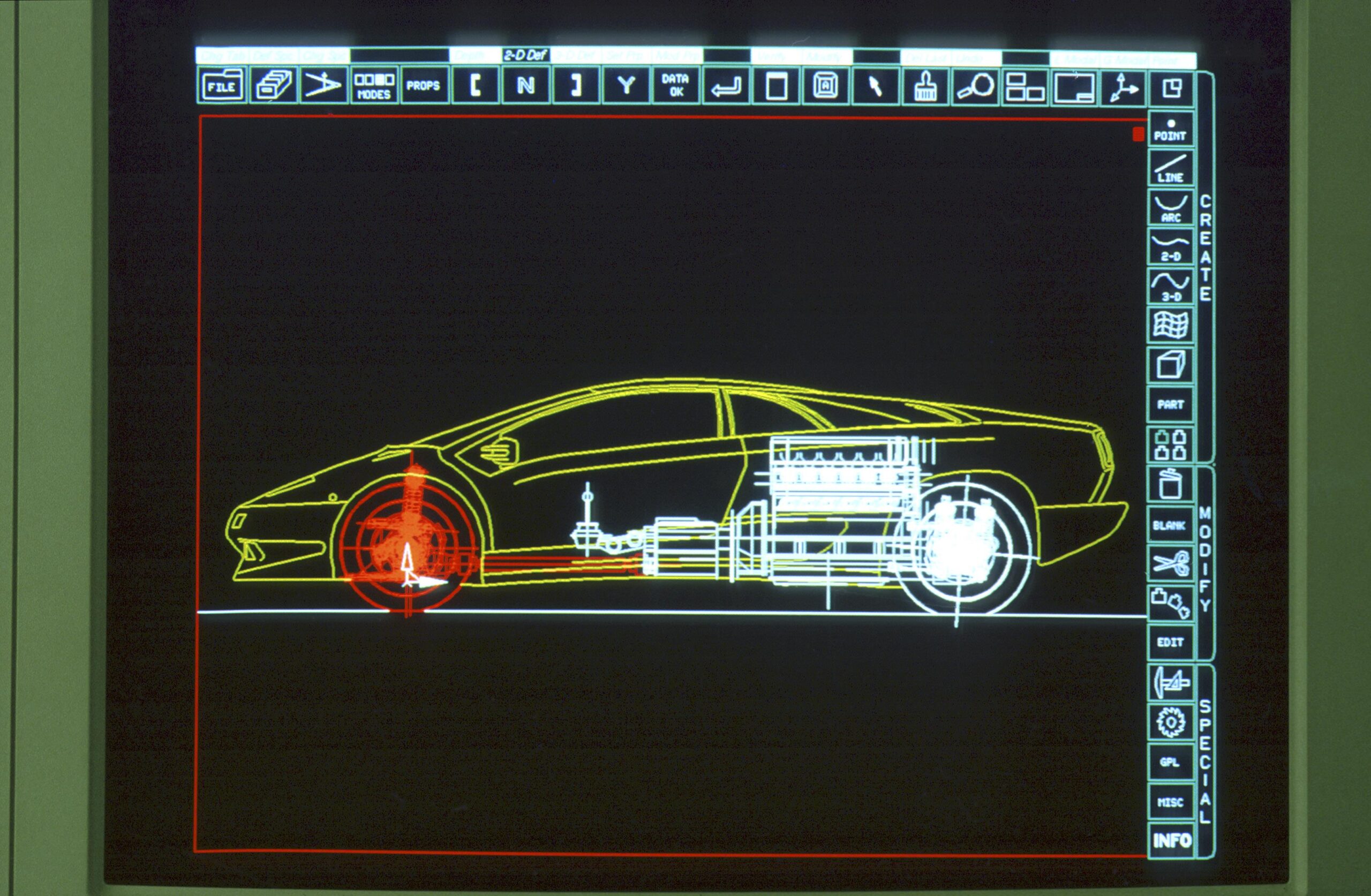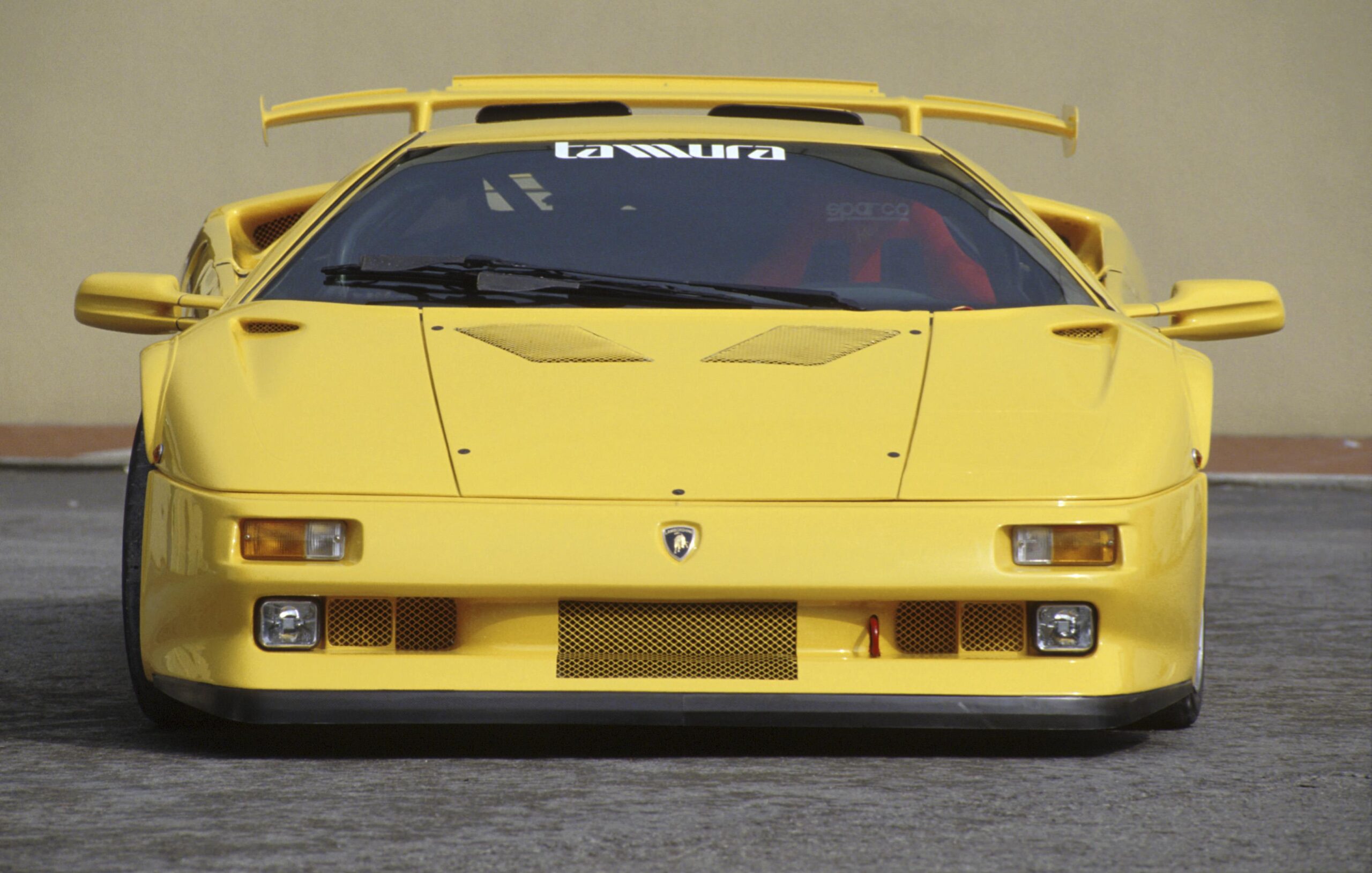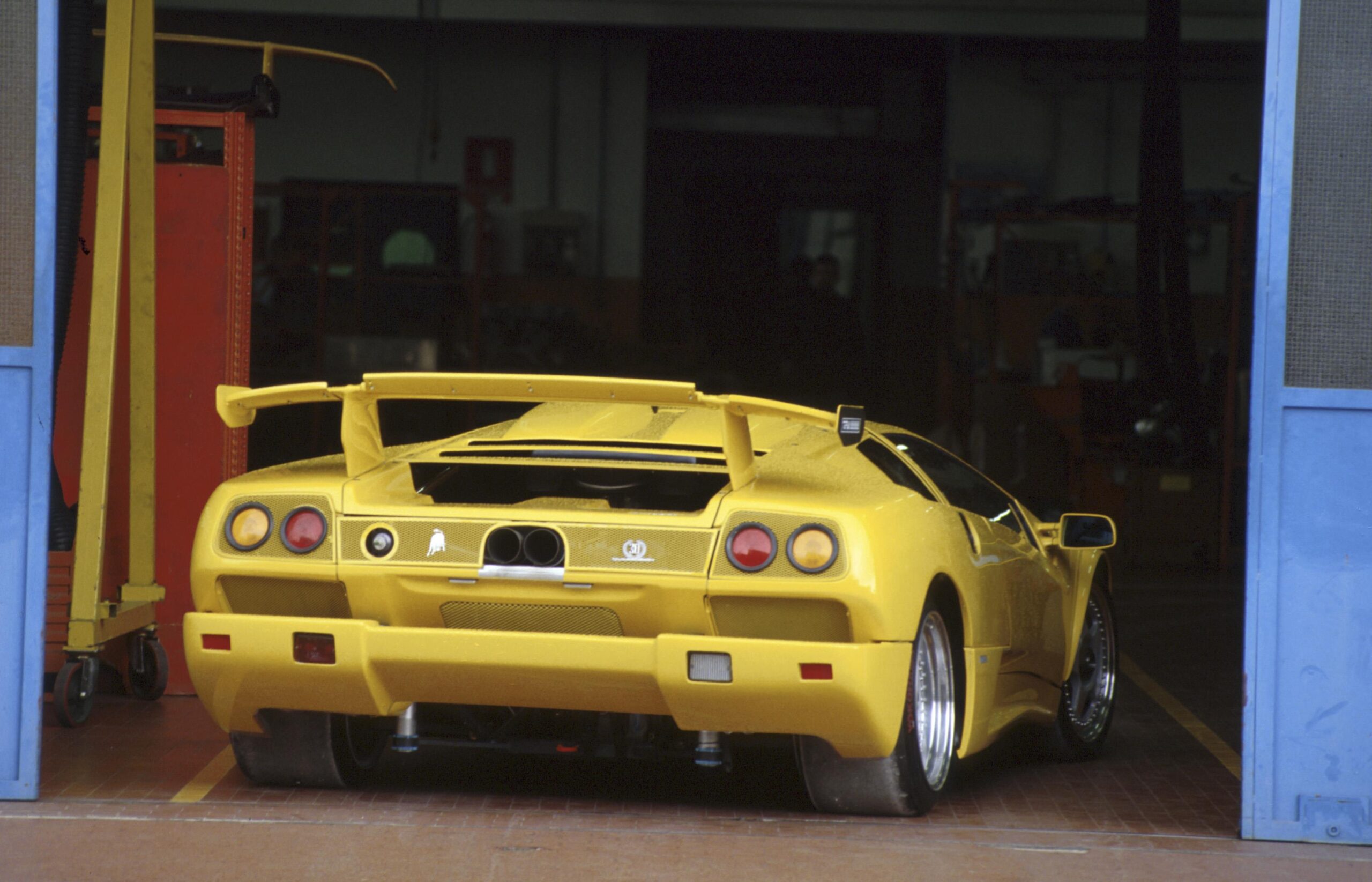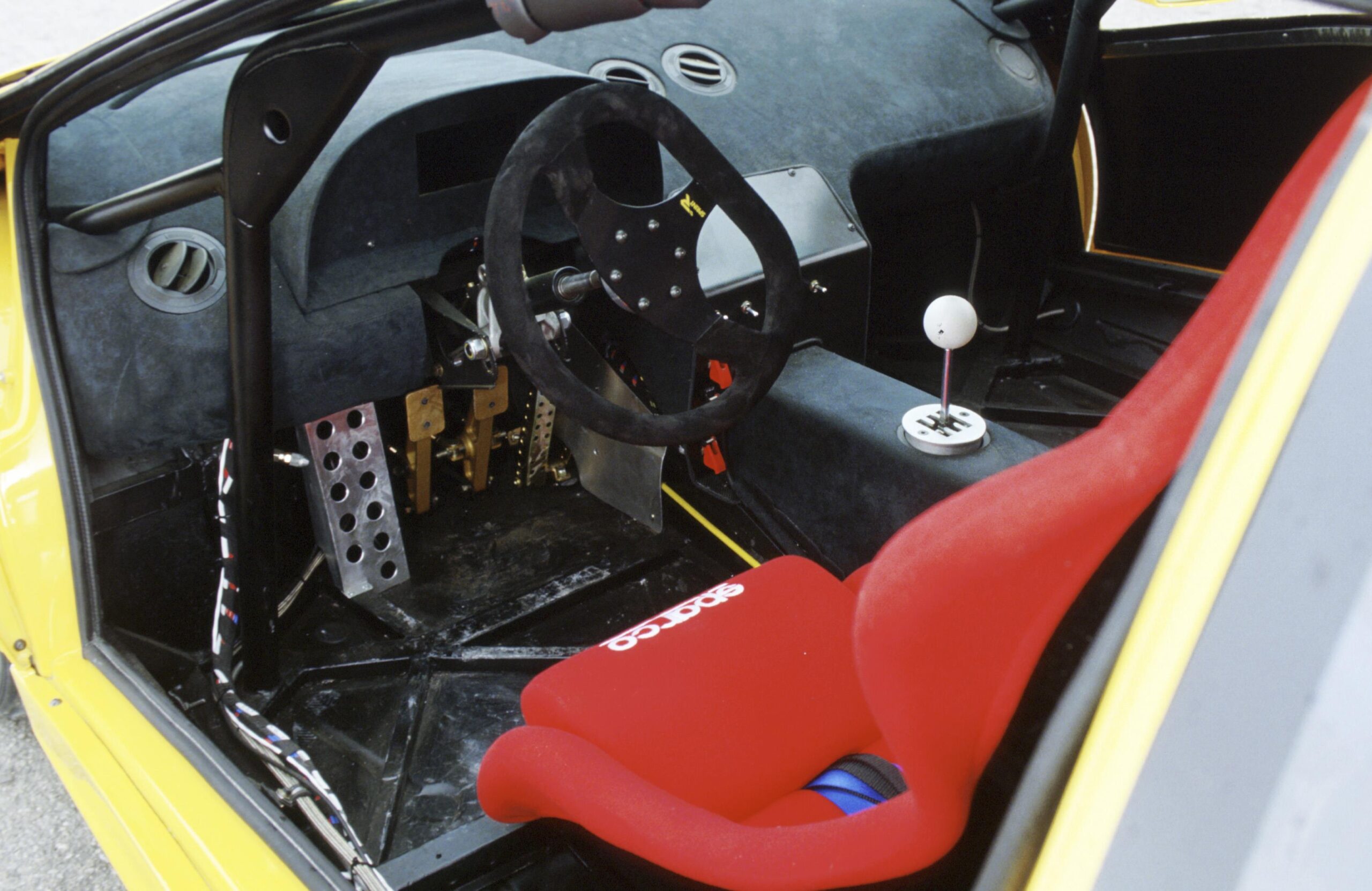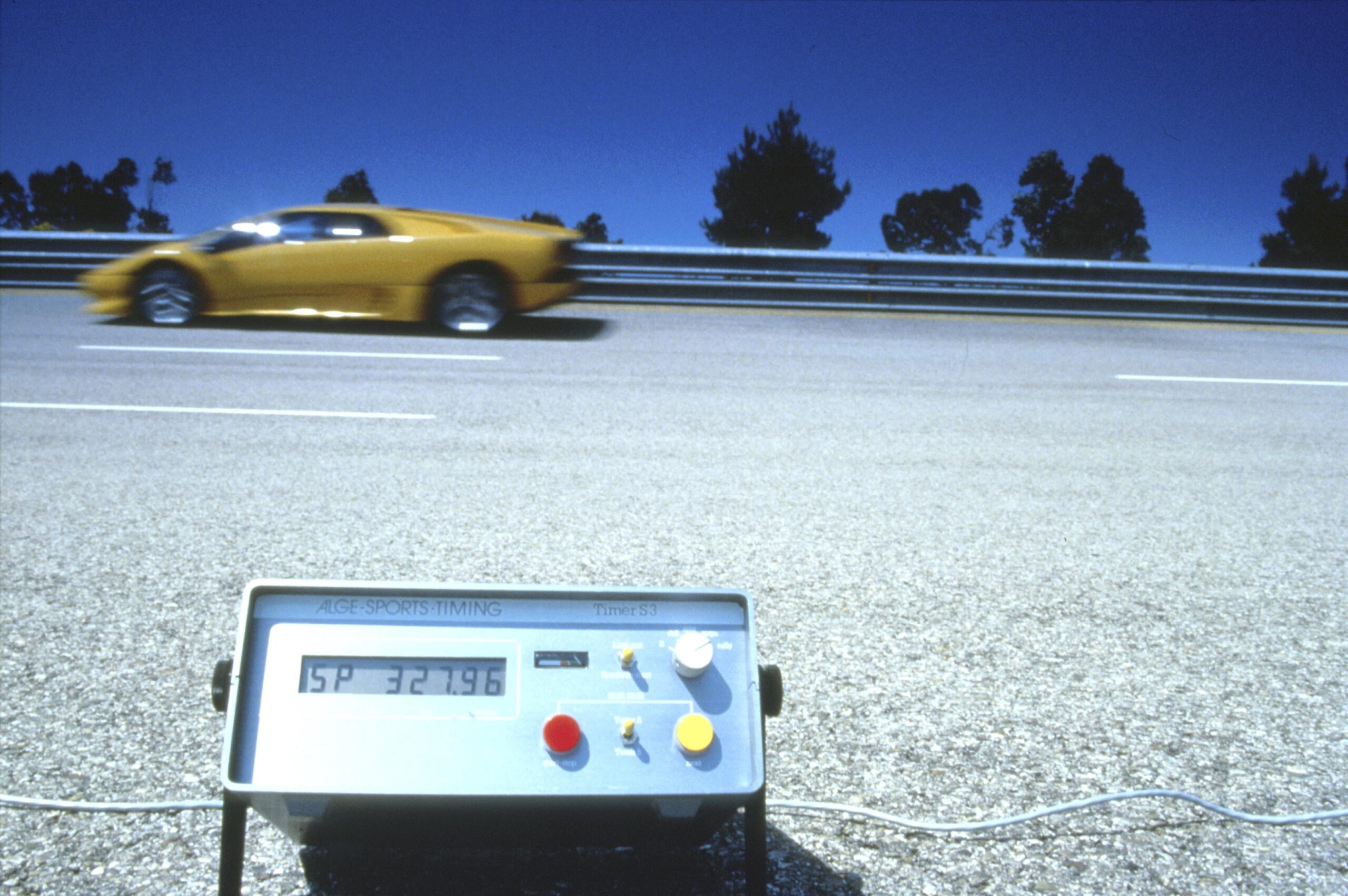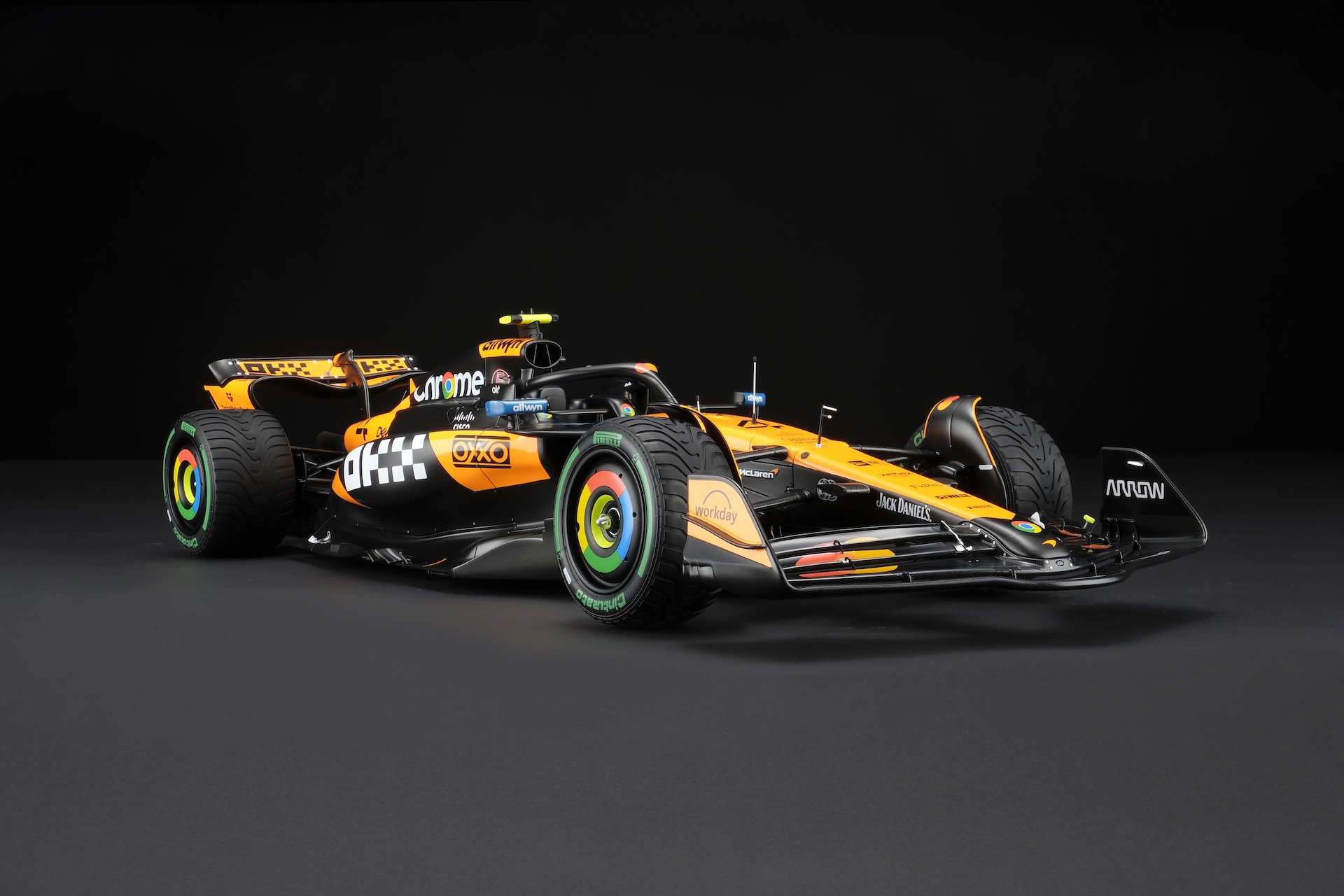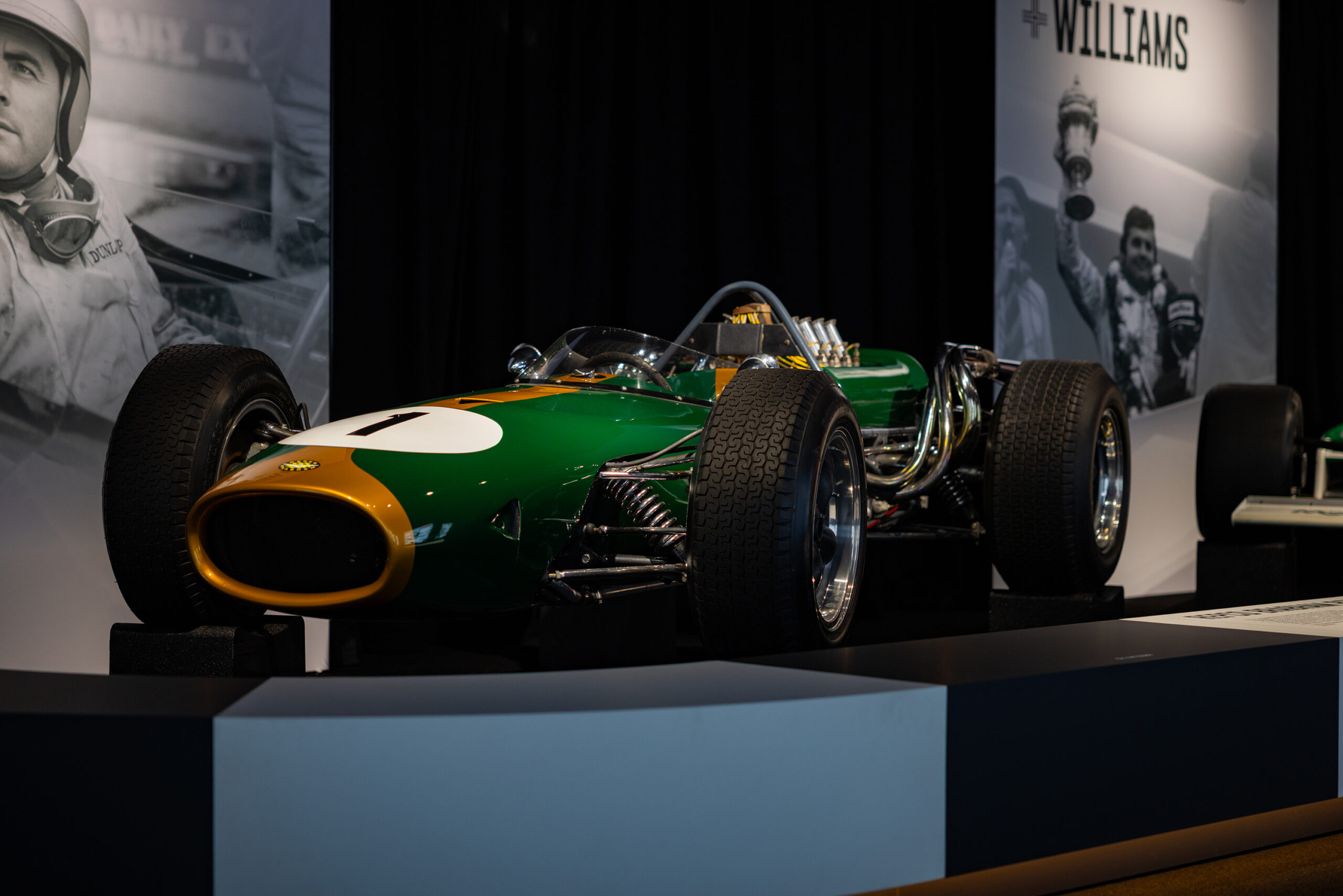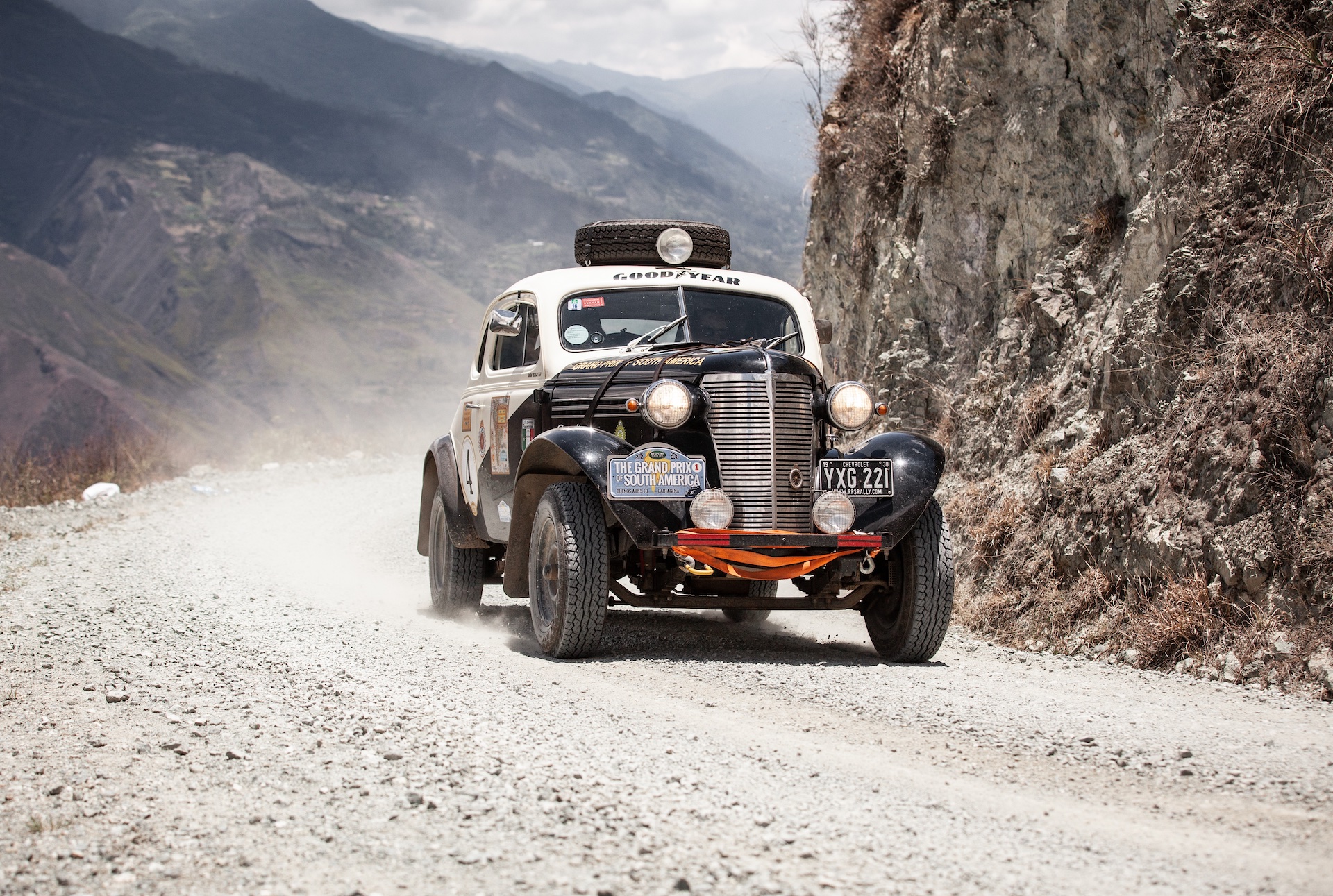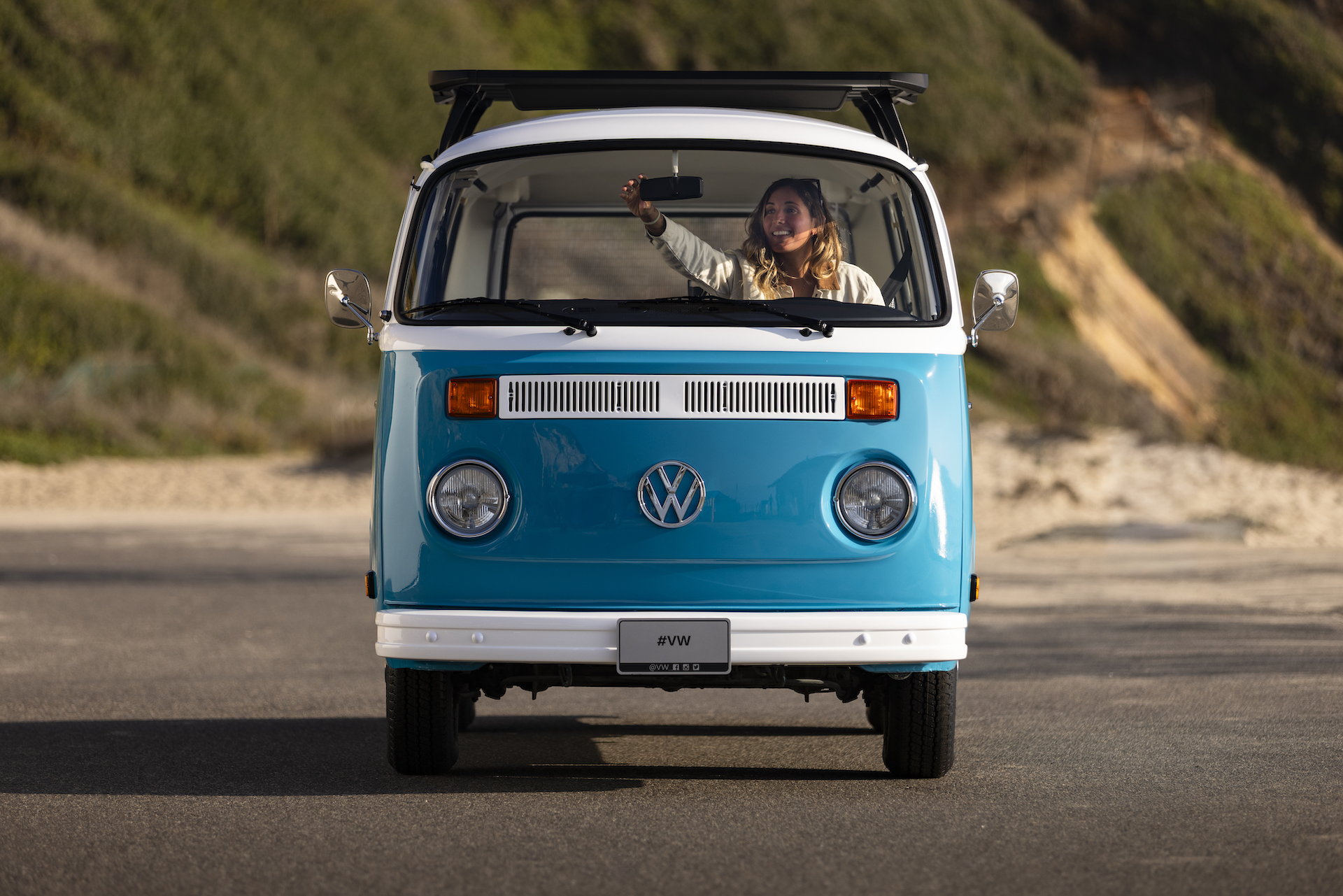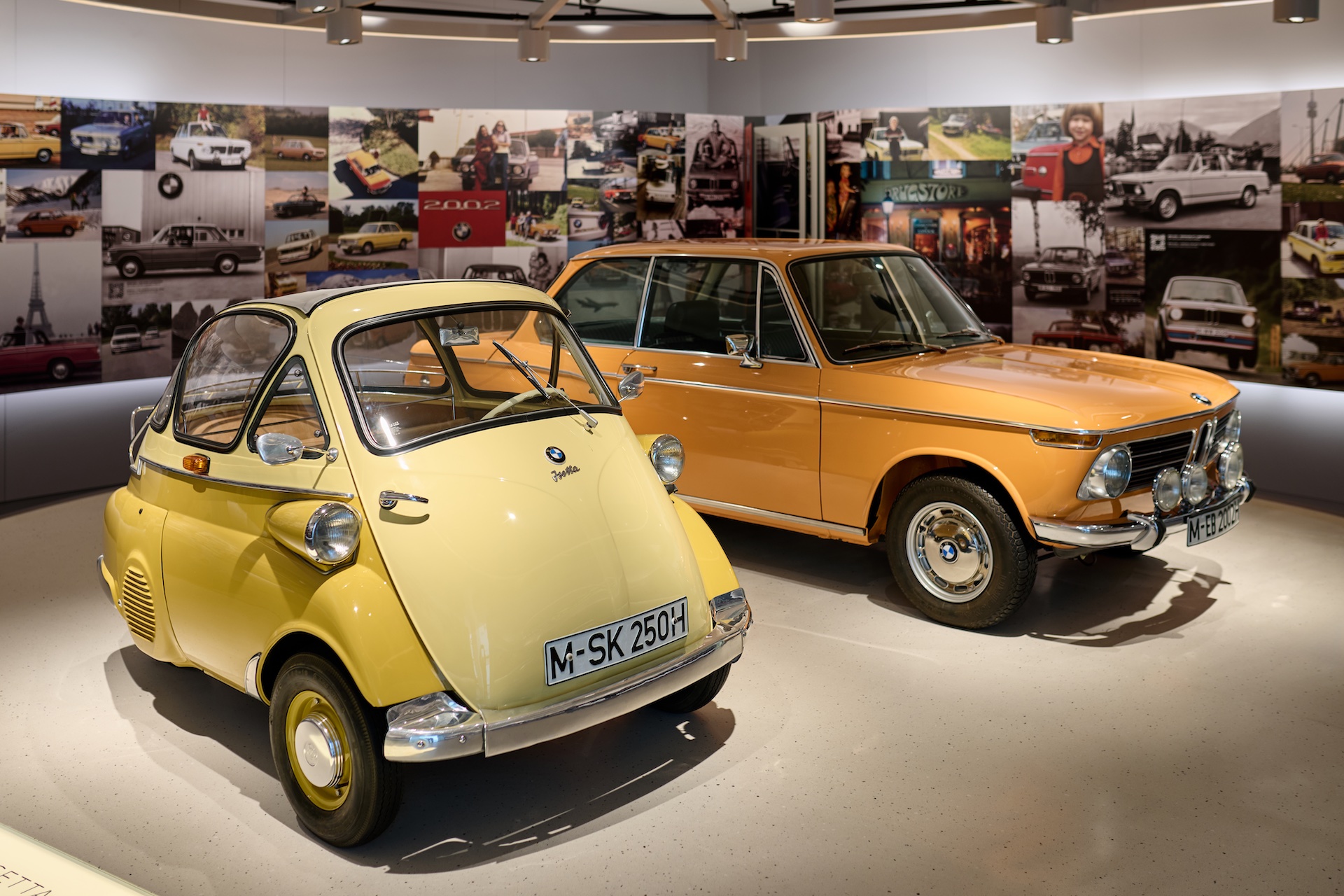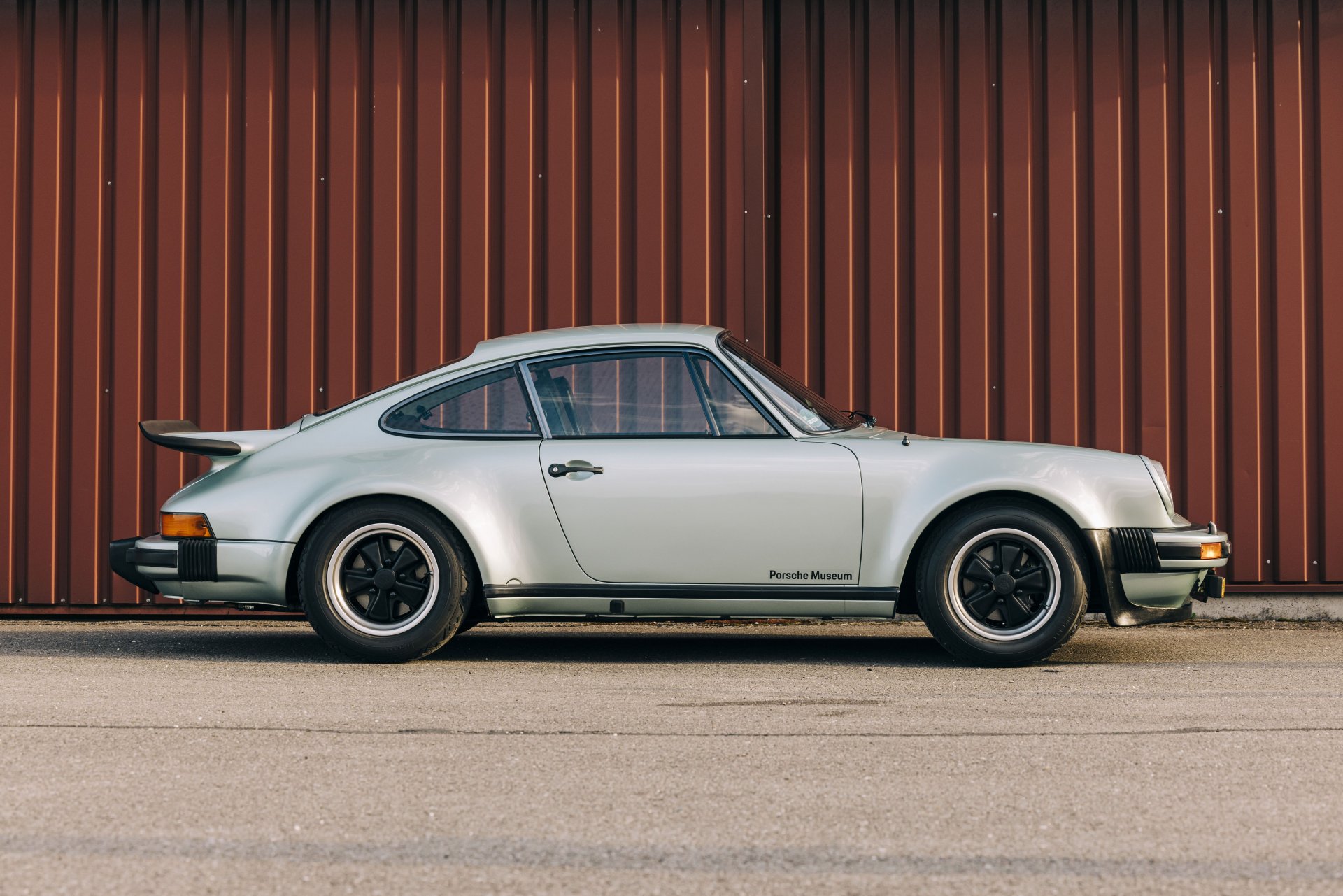Few supercars epitomise the 1990s quite as much as the Lamborghini Diablo, a vehicle which heralded a new era for the Lamborghini brand, broke the 325km/h barrier, and now in 2025 turns 35 years old.
Conceived 40 years ago in 1985 as part of ‘Project 132’ which looked to deliver a successor to the legendary Countach that would be the fastest car in the world.
Early prototypes revealed sharp, visionary lines, but it was when Chrysler got involved in 1987 that the Diablo’s final silhouette was realised, complete with its scissor doors, muscular proportions, and striking rear design. Of course, more practical elements like the sporty yet comfortable cabin also came at this time.
The Diablo was first revealed in 1990 at the opening of the Monte Carlo Rally in Monaco, and production continued through to 2001, with it cemented over the course of those 11 years as a true global automotive icon.
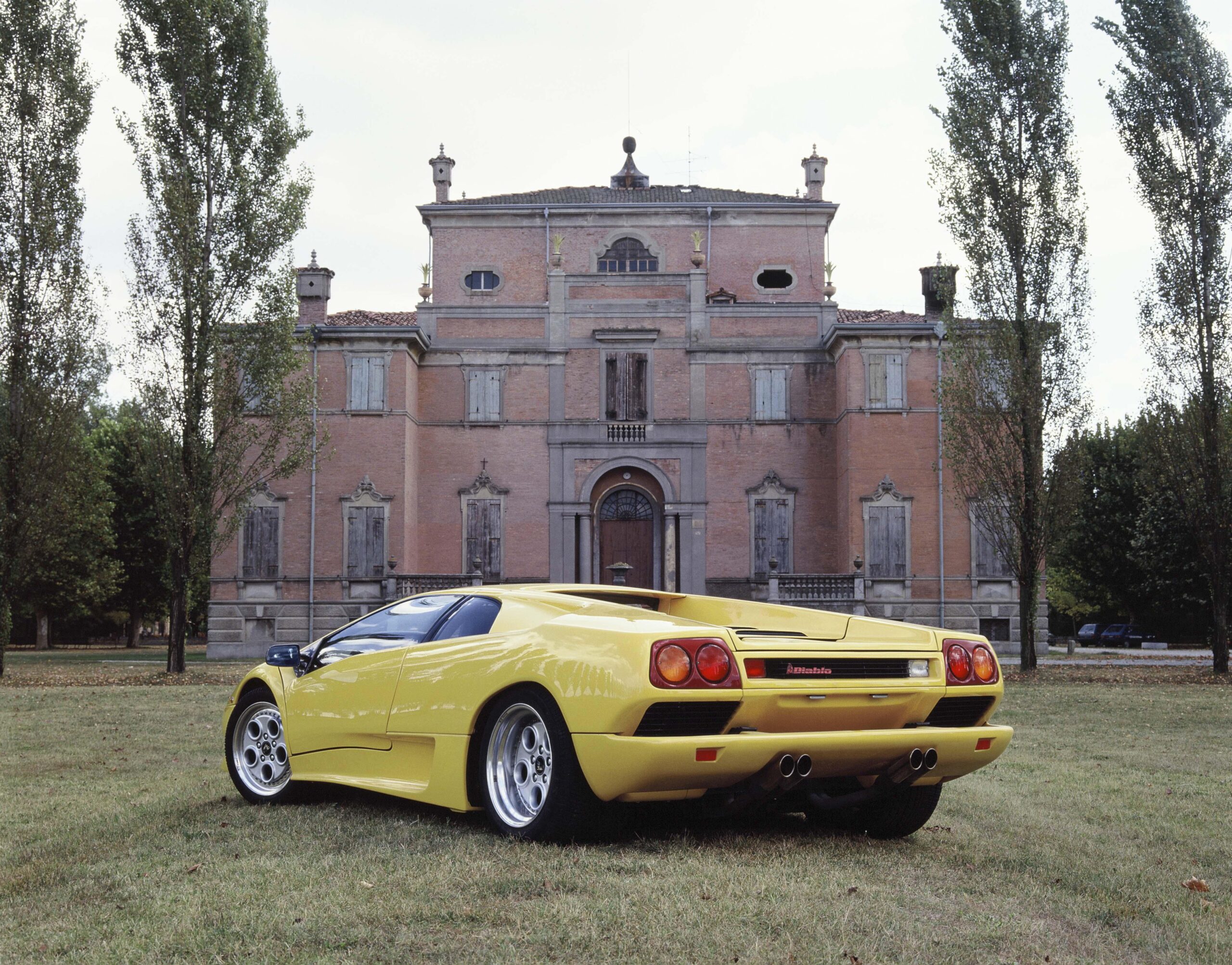
Following Lamborghini tradition, the name is taken from a legendary fighting bull of the same name, which in 1869 lasted hours against matador José de Lara, who performed as ‘El Chicorro’.
Even in a world before social media previews, the first Diablo orders arrived before the car was first shown, although punters could hardly complain once they finally saw the 5.7-litre V12-engined beast they were buying.
Built around a tubular frame, it featured an aluminium and steel body with carbon fibre inserts, the first time this was seen on a production car. Of course, it boasted plenty of interior luxuries as well, including power adjustable seats, powered windows, and an Alpine audio system.
With over 60 colours available, 40 of which could be customised, the Diablo pre-empted Lamborghini’s ‘Ad Personam’ philosophy of today. Red was the most popular colour, with over 550 of the 2903 examples made painted that hue. That total production figure represented the record for any Lamborghini at that point in time, which helped the brand break into a sphere of global influence.
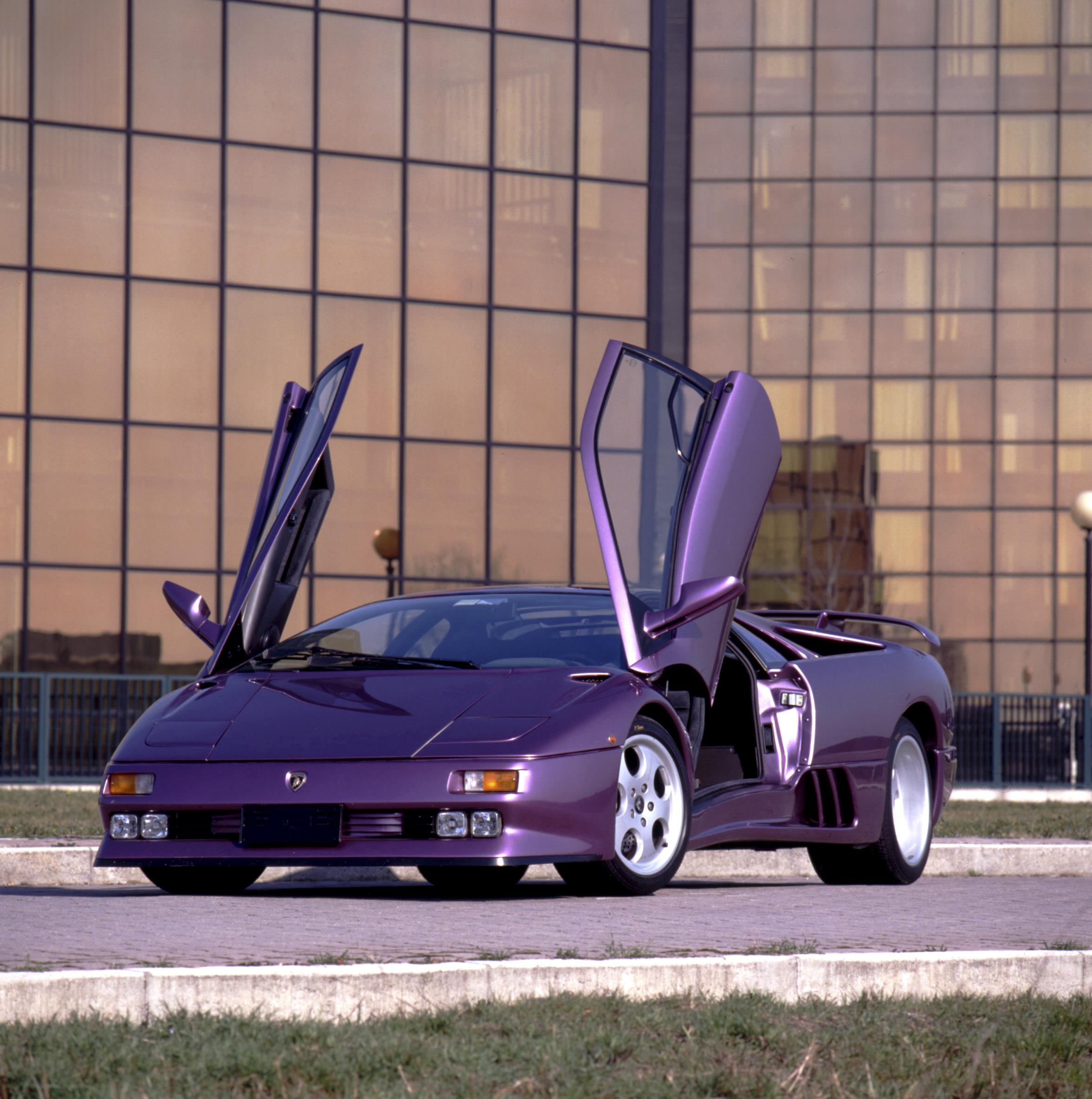
This extended beyond the road, with the Diablo a constant presence in movies, video games, TV programs, and music from the ’90s and ’00s. In Hollywood, it featured in films such as Dumb and Dumber (1994), Exit Wounds (2001), and Die Another Day (2002), along with television shows such as Smallville, Nip/Tuck, and Blue Mountain State.
It has also been a key car in the Need for Speed video game series, while in other media, it featured notably in the video for Jamiroquai’s “Cosmic Girl”. Indeed, the band’s lead singer and noted car collector Jay Kay was one of a number of A-listers to own one, along with Jay Leno, Mike Tyson, Dennis Rodman, Rod Stewart, Nicolas Cage, Troy Corser, and Mario Andretti.
Over the course of its 11-year production run, the Diablo evolved to see all-wheel drive introduced for the first time on the 1993 VT, while 1995’s VT Roadster paved the way for future open-top V12 Lambos.
In 1998, after Lamborghini had been acquired by Audi, the Diablo was significantly restyled, market by the change from pop-up headlights to fixed units borrowed from the Nissan 300ZX, the introduction of ABS, and perhaps most importantly an enlarged V12 engine now displacing 6.0 litres.
Around the same time, Lamborghini had begun entering the Diablo into several racing competitions. In 1996, there was a one-make championship called the Super Sport Trophy for the Diablo SV-R, of which 32 units were made, which later led to the creation of two ultra-rare Diablo GT1 Stradale prototypes, and the Diablo GT-R which competed in the Japanese JGTC championship and various European GT series.
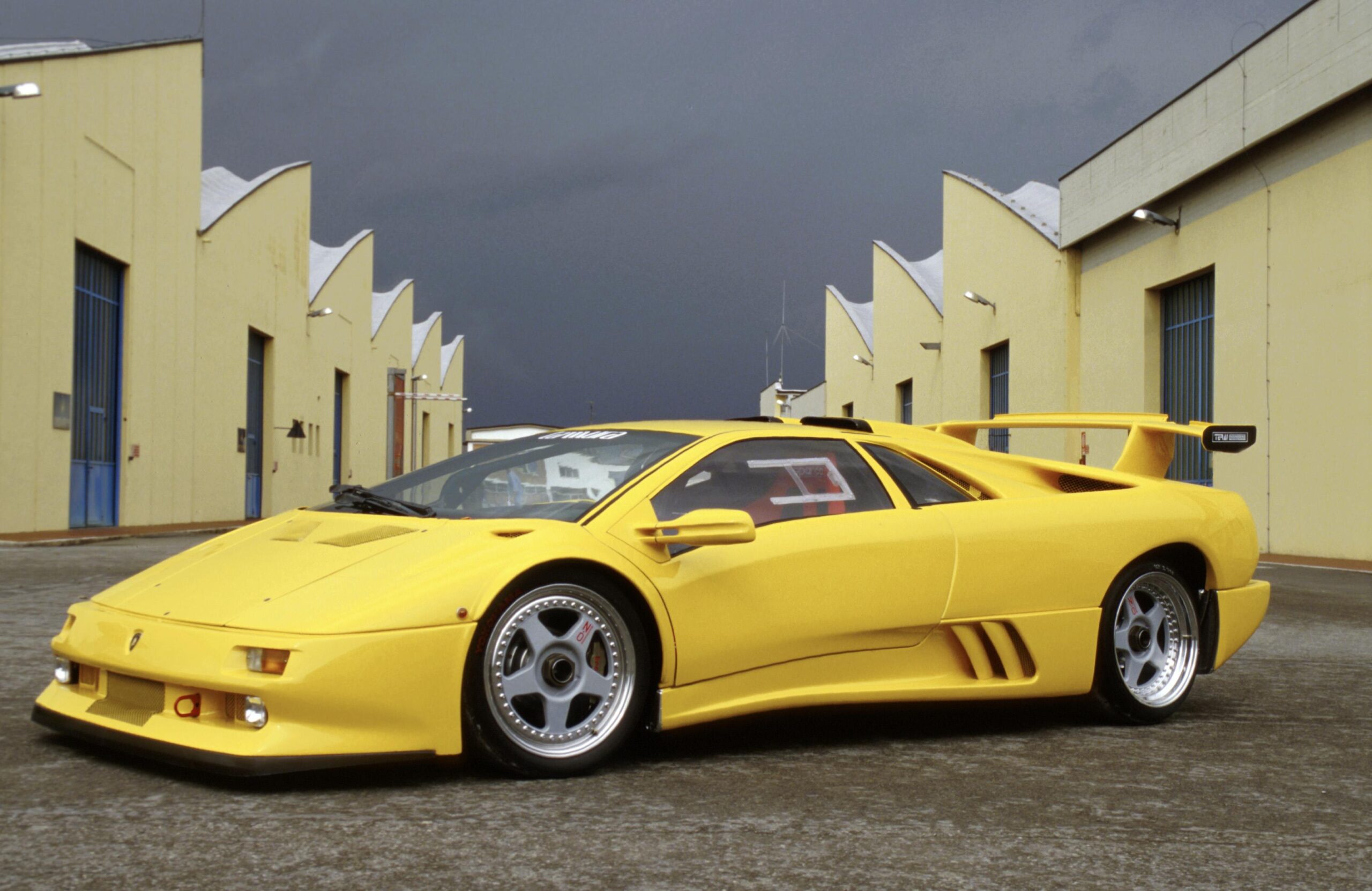
Today, 35 years on, the Diablo’s legend is preserved by Lamborghini’s Polo Storico department. Through its archive, restorations, and certifications, Polo Storico protects the authenticity of historic models like this,
“The Diablo isn’t just a symbol of Lamborghini’s history – it’s also a model of growing strategic importance to Polo Storico,” says Alessandro Farmeschi, after sales director at Automobili Lamborghini.
“In recent years, we’ve seen a significant increase in requests for certifications and restoration services for the Diablo, in the most part due to a new generation of collectors and enthusiasts who see this car as a cultural and design icon.
“This trend confirms the value of Polo Storico’s activities aimed at preserving the legacy of the company and its cars, at the same time creating new opportunities in the classic car segment.
“By sharing the Diablo’s story through the information and documents in our archive, we strengthen the bond with our customers and enthusiasts, while reaffirming the importance and lasting value of this model.”

